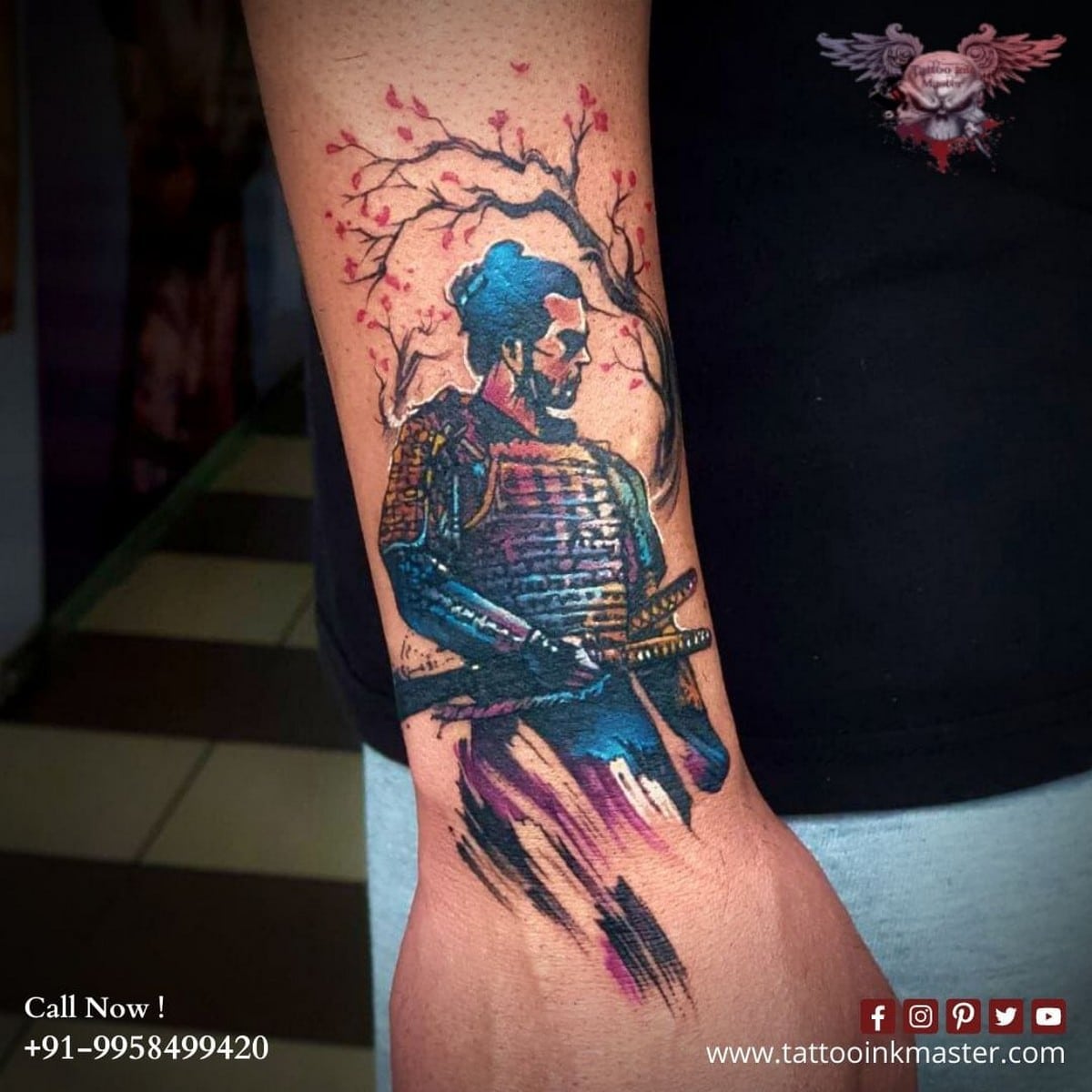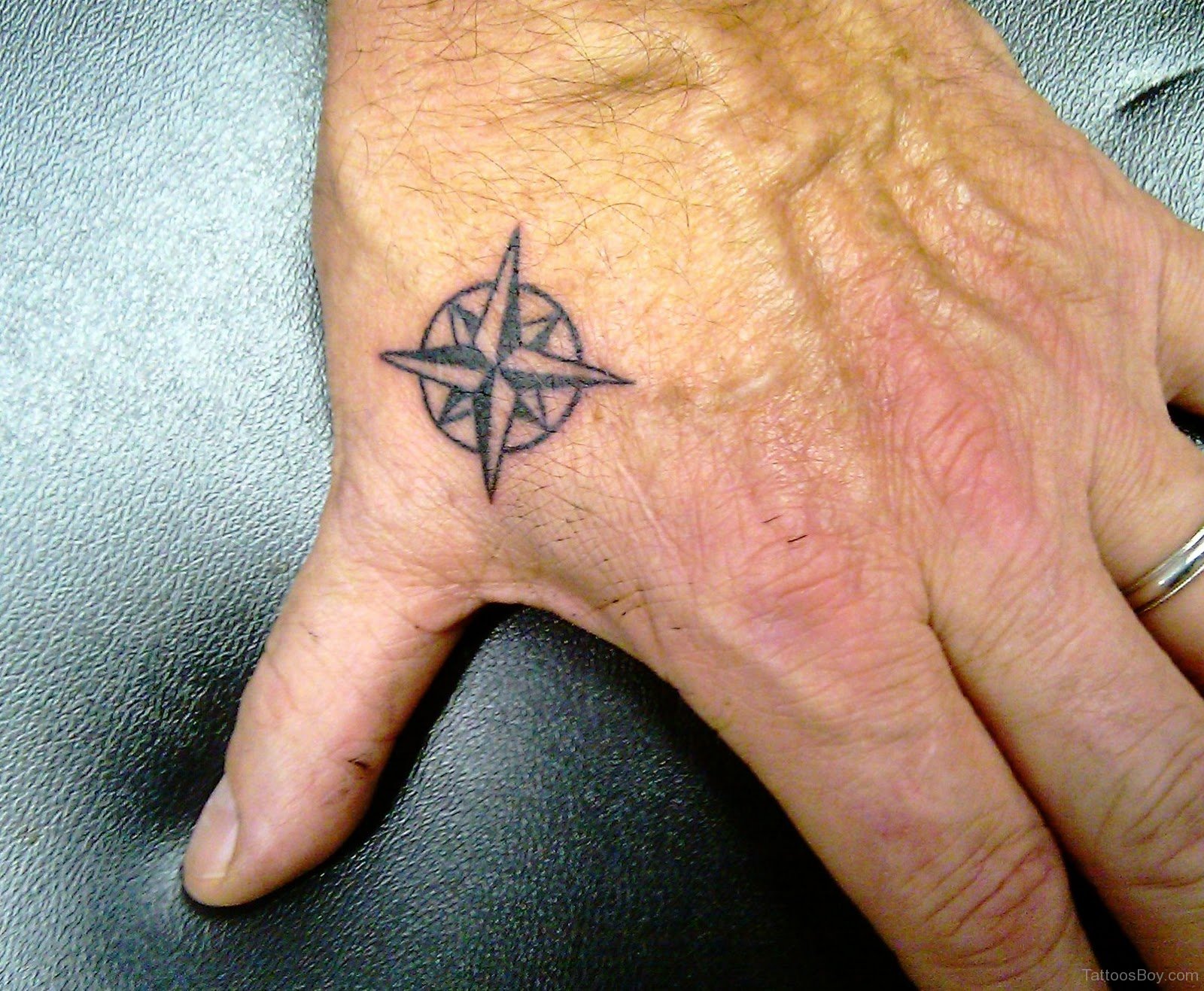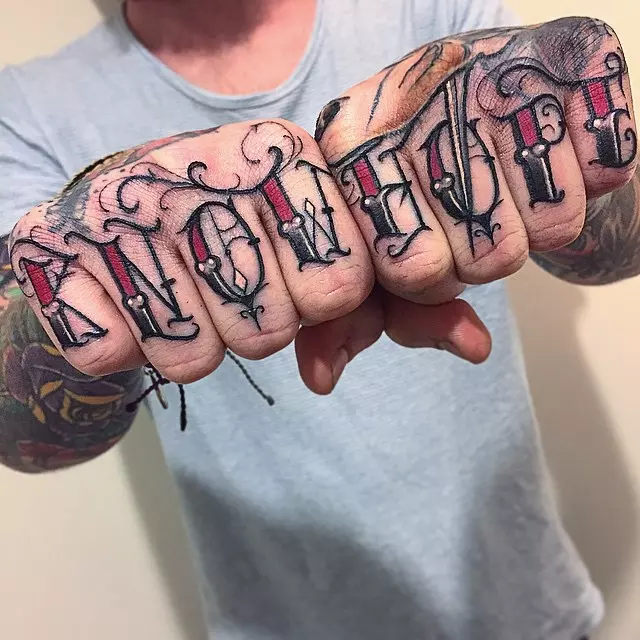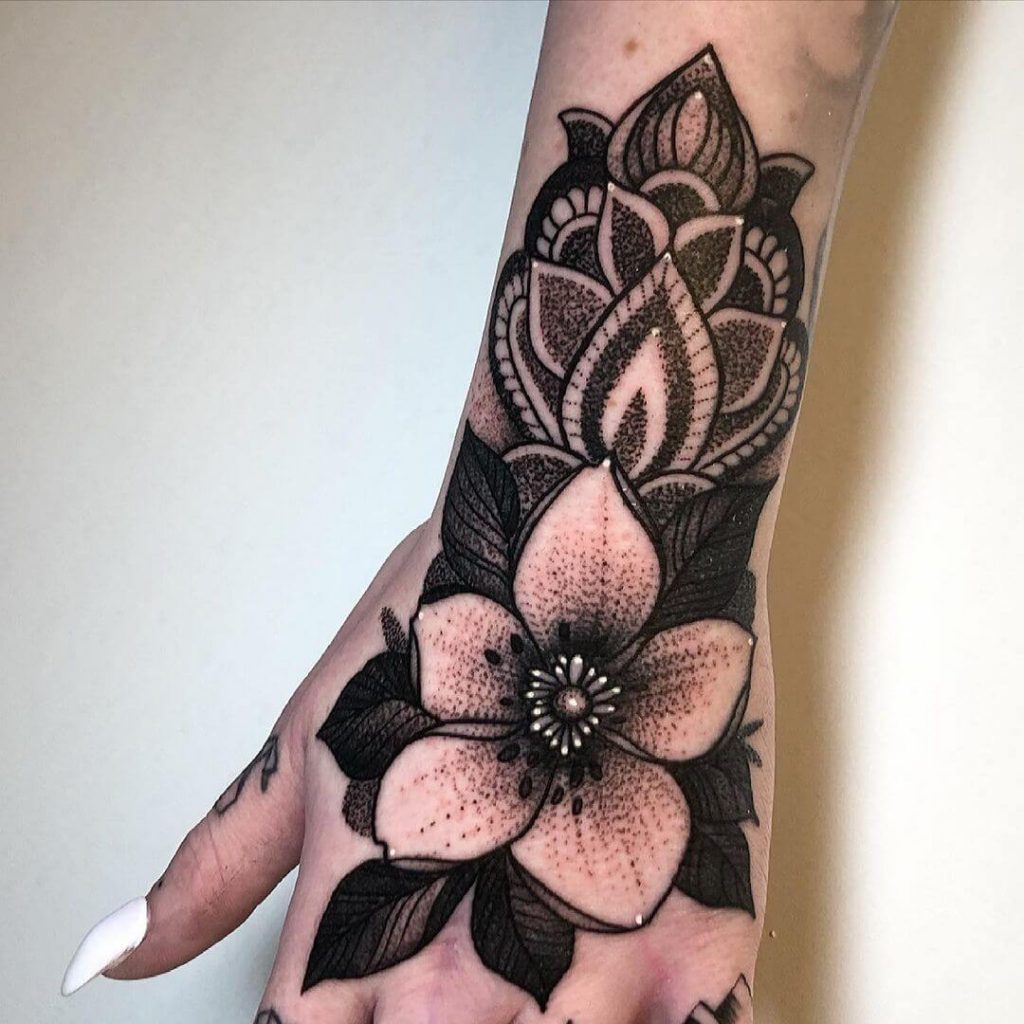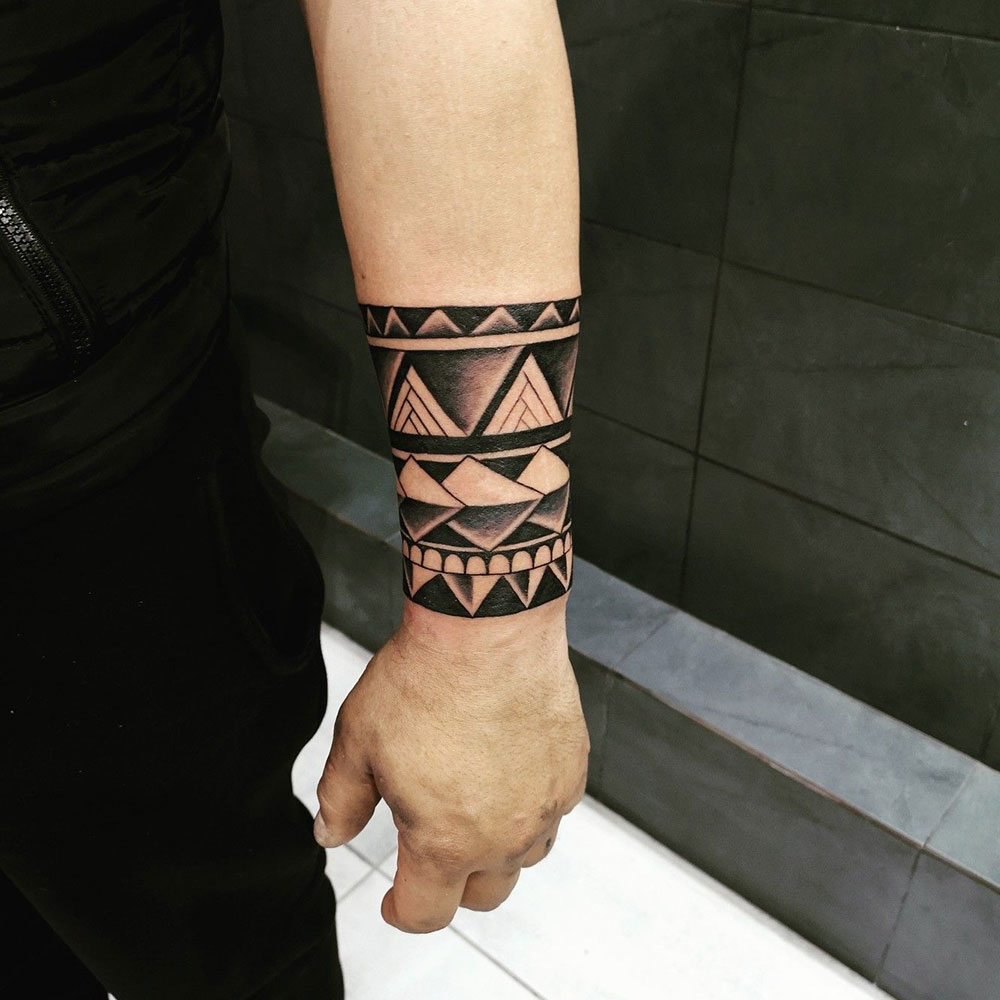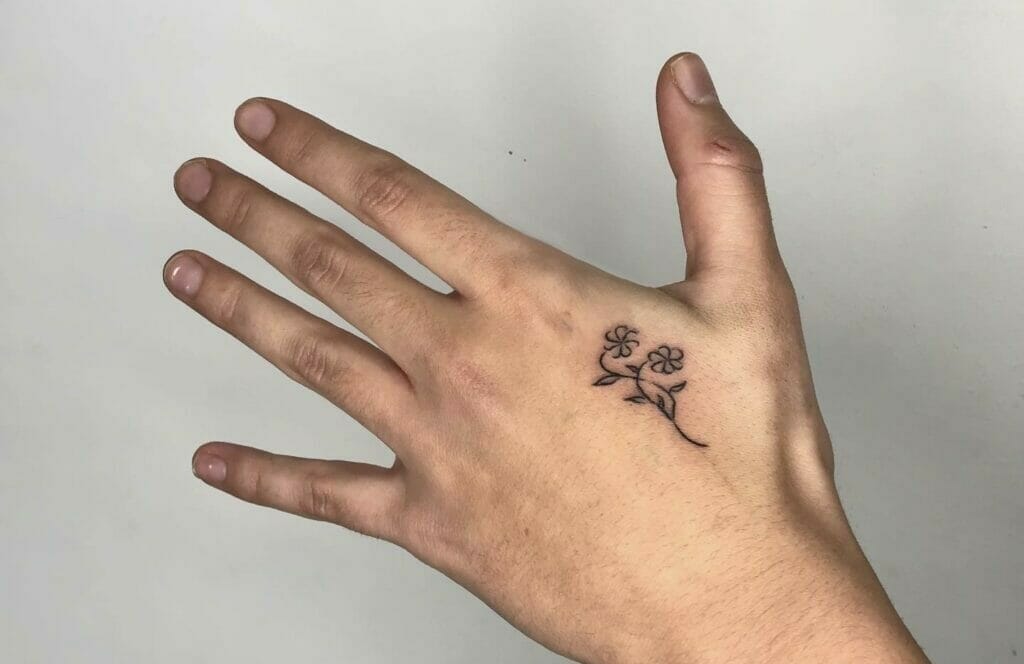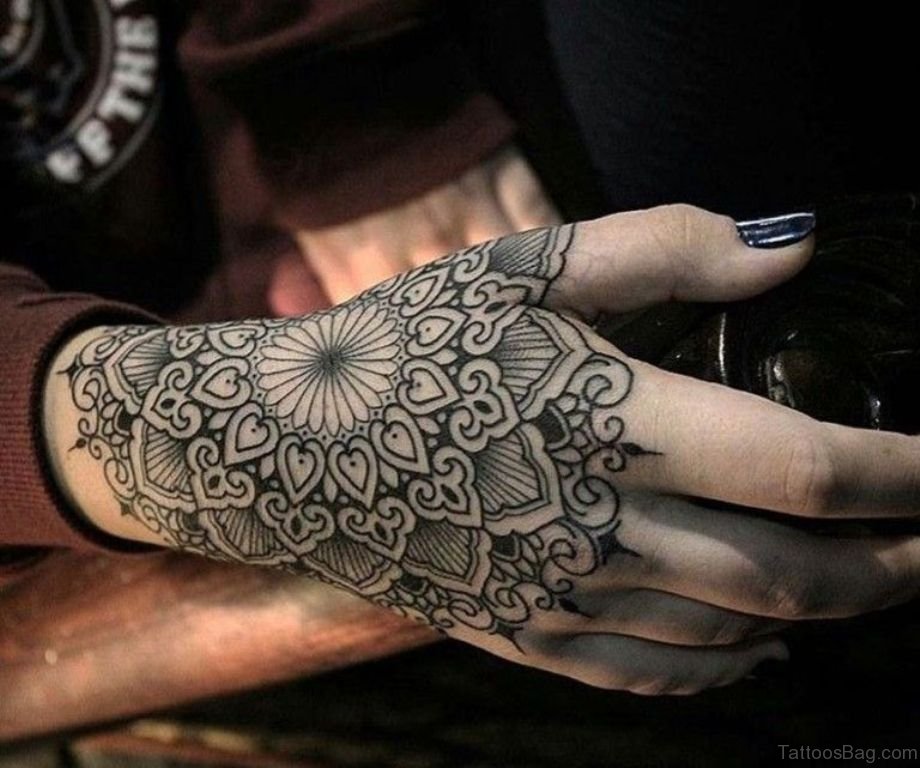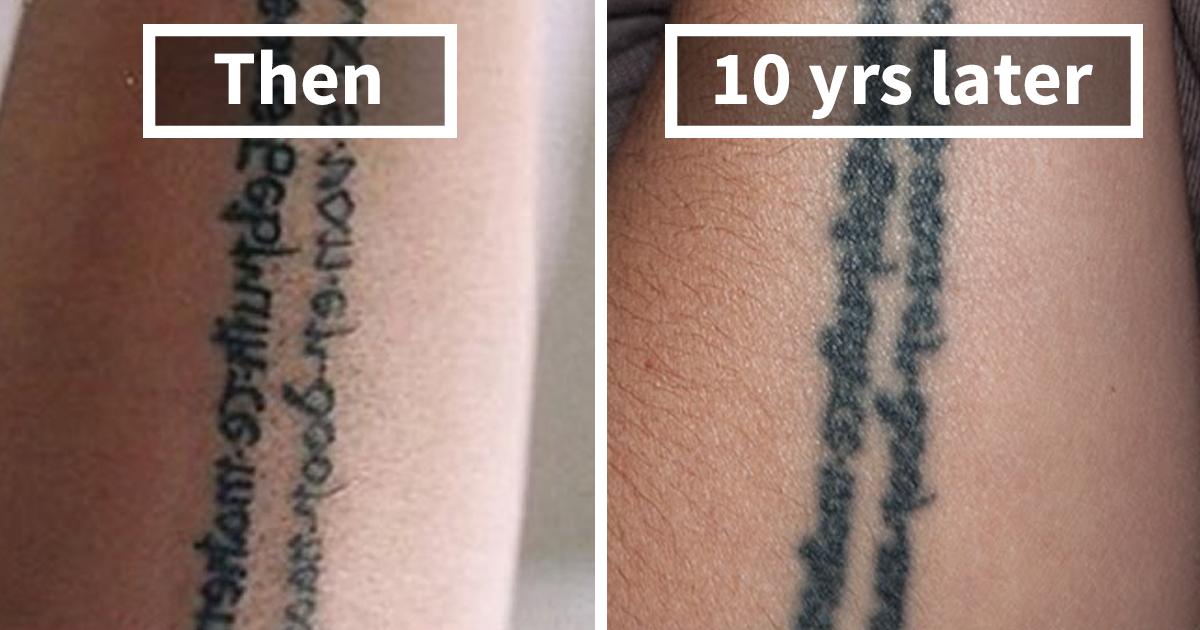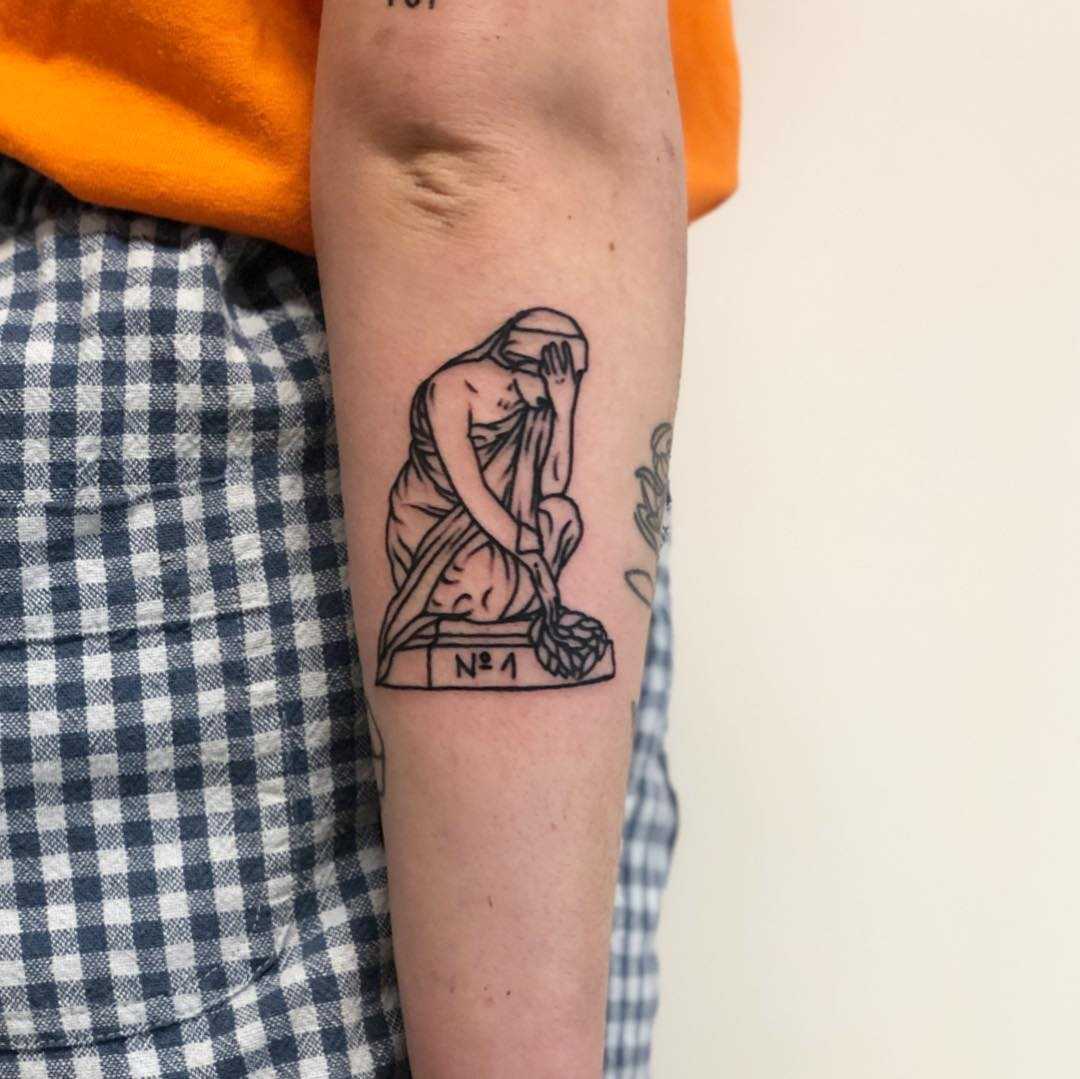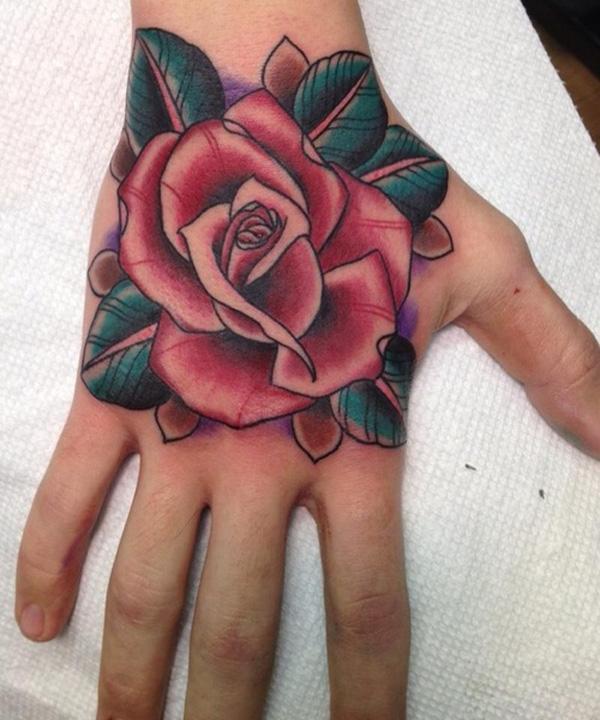
Okay, so you’re itching for some sunshine on your skin, huh?
A sunflower tattoo is a killer choice.
But let’s be real, tattoos ain’t cheap.
You’re probably wondering, "How can I get a sunflower tattoo without totally emptying my wallet?"
I get it.
Been there, done that.
Let’s dive into finding the cheapest way to get a sunflower tattoo that you’ll still love.
Size Matters (And So Does Placement)
Seriously, the size of your sunflower dramatically impacts the price.
Think dainty little bloom versus a full-back masterpiece.
Guess which one costs more?
Yup, the big one.
Placement also plays a role.
Areas that are easy to tattoo (like your upper arm) tend to be less expensive than tricky spots (like your ribs or feet).
Why?
More time, more pain, more artist skill required.
Tip: Opt for a smaller, simpler design in an easily accessible area.
Shop Around (But Don’t Sacrifice Quality)
This is crucial.
Don’t just walk into the first tattoo shop you see.
Get quotes from several artists.
Most shops offer free consultations where you can discuss your design and get a price estimate.
Warning: Don’t base your decision solely on price.
A cheap tattoo from an inexperienced artist can turn into an expensive (and painful) cover-up later.
Read reviews, check out portfolios, and make sure the artist’s style aligns with what you want.
Think of it like this: would you trust a discount surgeon?
Probably not.
Your skin is worth investing in.
Design Simplicity is Your Friend
Intricate designs with lots of detail take longer and require more skill.
A simple, minimalist sunflower outline will always be cheaper than a hyper-realistic, full-color piece.
Consider line work versus shading.
Line work is generally faster and therefore cheaper.
Example: I wanted a detailed mandala tattoo on my back. After seeing the price, I simplified the design significantly, opting for bolder lines and less intricate details. Saved me a ton of cash!
Black and Grey vs. Color
Color ink is generally more expensive than black and grey.
Think about the number of colors you want in your sunflower.
Each color adds to the cost.
A black and grey sunflower can be just as stunning and significantly cheaper.
Flash vs. Custom
"Flash" tattoos are pre-designed images that the artist already has available.
They’re usually much cheaper than custom designs because the artist doesn’t have to spend time drawing them.
Many shops have sunflower flash designs or can easily modify an existing one.
However: If you have a very specific vision, a custom design might be worth the extra cost.
Consider an Apprentice (With Caution)
Some tattoo shops offer discounted rates for work done by apprentices.
This can be a great way to save money, but do your research!
Make sure the apprentice is working under the close supervision of a senior artist.
Check out their portfolio and ask to see examples of their work.
Important: Don’t let price be the only factor.
Your safety and satisfaction are paramount.
Timing is Everything (Sometimes)
Some tattoo shops offer specials or discounts during certain times of the year (like slow seasons or holidays).
Follow your local shops on social media to stay informed about any promotions.
Also, consider getting your tattoo during the week, as weekends are often busier and can command higher prices.
Aftercare is Key (Don’t Skimp!)
Proper aftercare is essential for preventing infections and ensuring your tattoo heals properly.
Follow your artist’s instructions carefully.
Investing in high-quality aftercare products is crucial.
A poorly healed tattoo can require touch-ups, which will add to the overall cost.
Think of it as preventative maintenance.
How to Get the Best Deal: A Summary
- Keep it small: Smaller tattoos = smaller prices.
- Simple design: Opt for line work and minimal detail.
- Black and grey: Skip the color.
- Flash is your friend: Consider pre-designed images.
- Shop around: Get quotes from multiple artists.
- Consider an apprentice (carefully): Check their portfolio and supervision.
- Time it right: Look for specials and book during the week.
- Aftercare is essential: Invest in quality products and follow instructions.
- Placement matters: Easily accessible areas are cheaper.
FAQ: Sunflower Tattoo on a Budget
Q: How much does a small sunflower tattoo typically cost?
A: It really depends on the location and artist, but a small, simple sunflower tattoo can range from $50 to $150.
Q: Is it okay to haggle with a tattoo artist?
A: It’s generally not considered polite to haggle directly. However, you can discuss your budget and ask if there are ways to modify the design to lower the price.
Q: What if I can’t afford the tattoo I really want right now?
A: Save up! It’s better to wait and get the tattoo you truly want from a reputable artist than to settle for something cheaper that you might regret later.
Q: Can I tip my tattoo artist?
A: Absolutely! Tipping is customary in the tattoo industry. A standard tip is 15-20% of the total cost of the tattoo.
Q: Are home tattoos safe?
A: No! Home tattoos are extremely dangerous and can lead to serious infections and other health problems. Always get your tattoo done in a licensed and reputable tattoo shop.
Ultimately, getting a sunflower tattoo is a personal investment.
While finding the cheapest way to get a sunflower tattoo is understandable, remember that quality and safety should always be your top priorities.




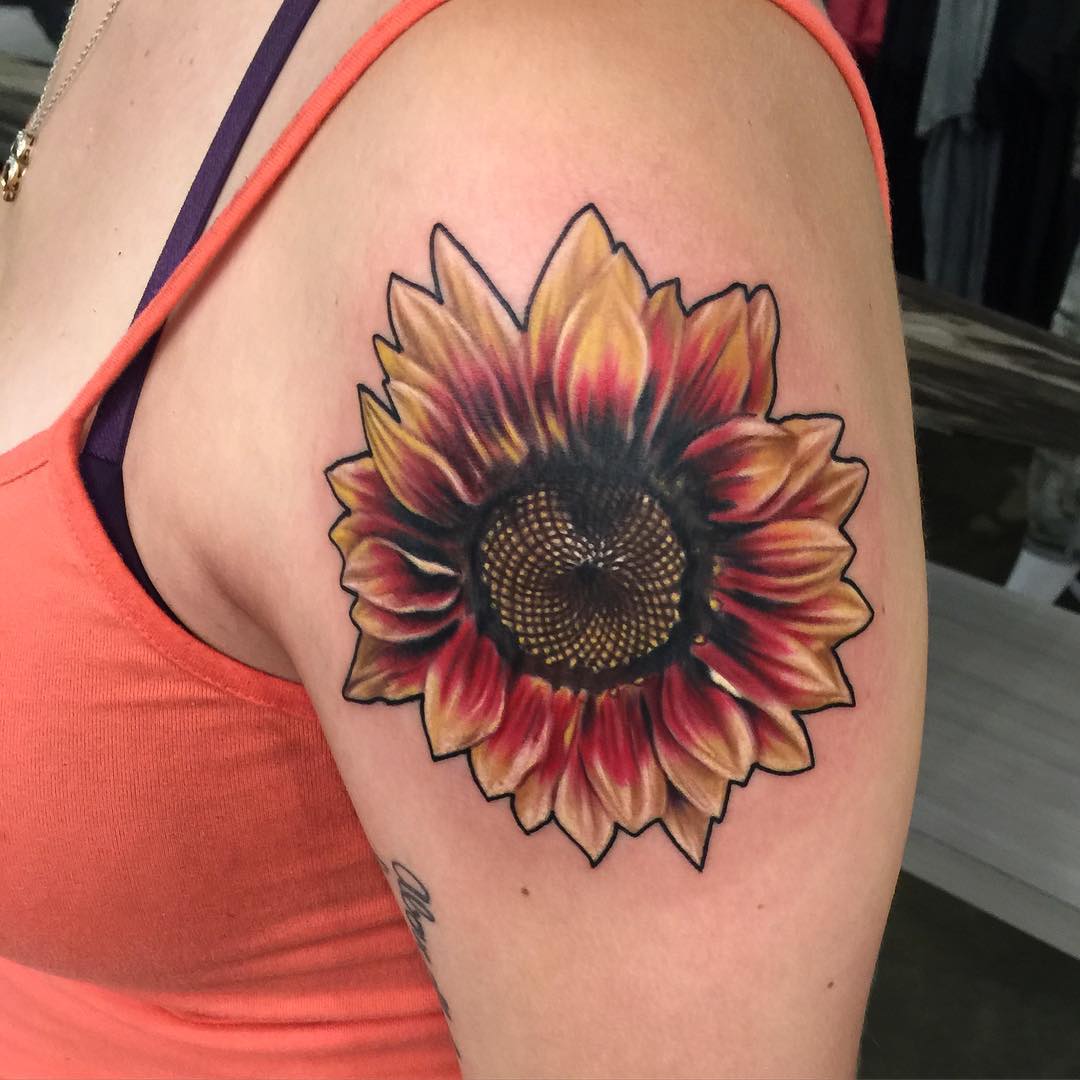



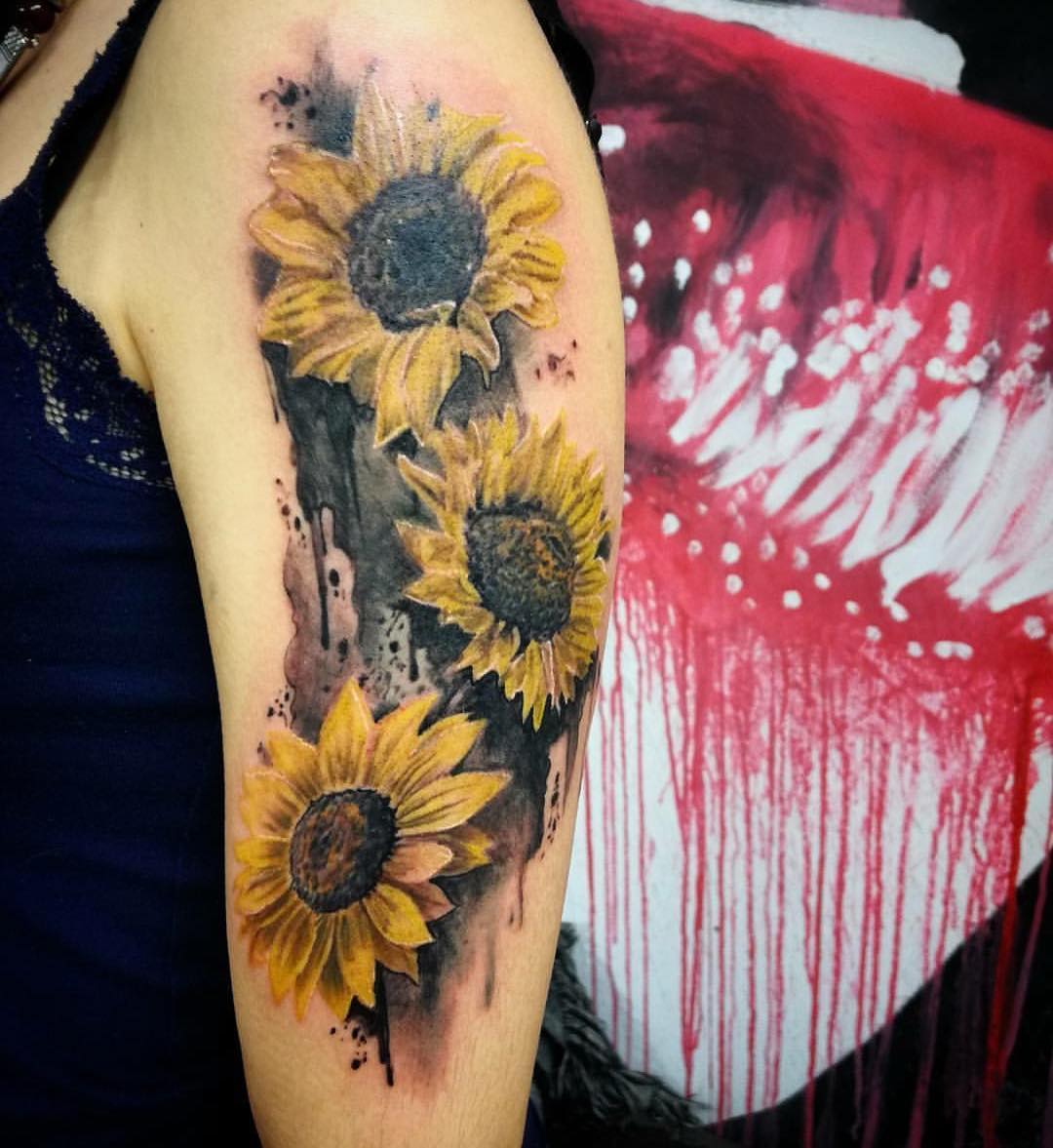













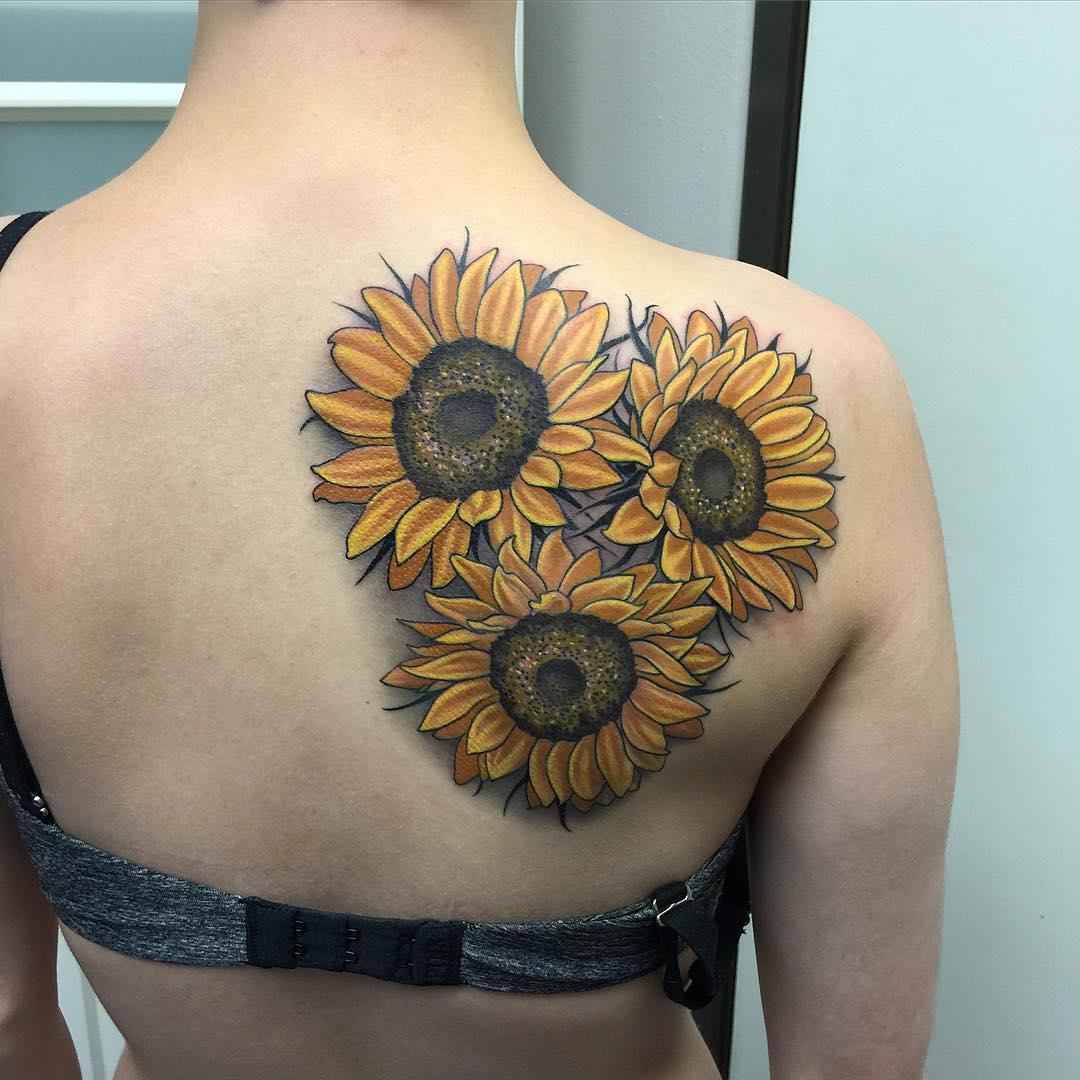

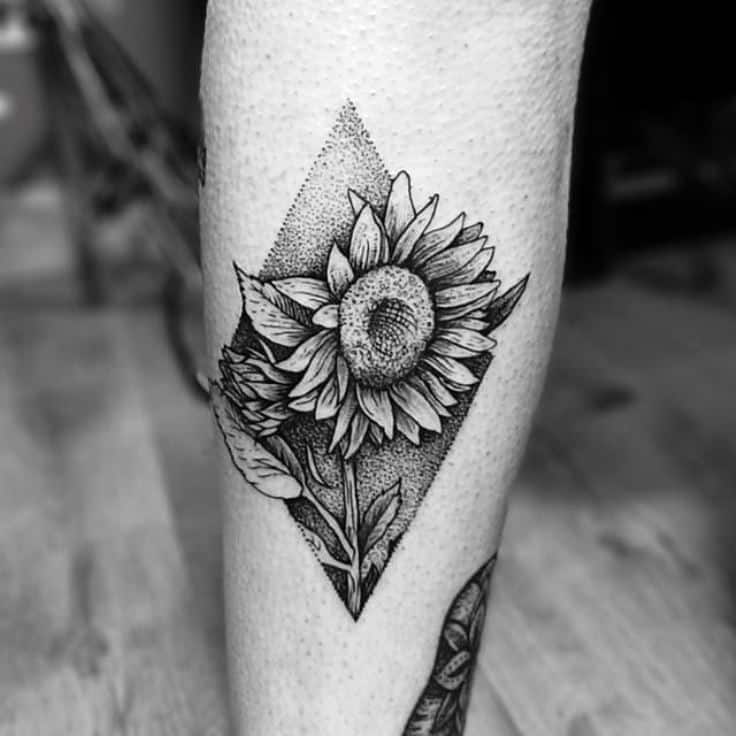

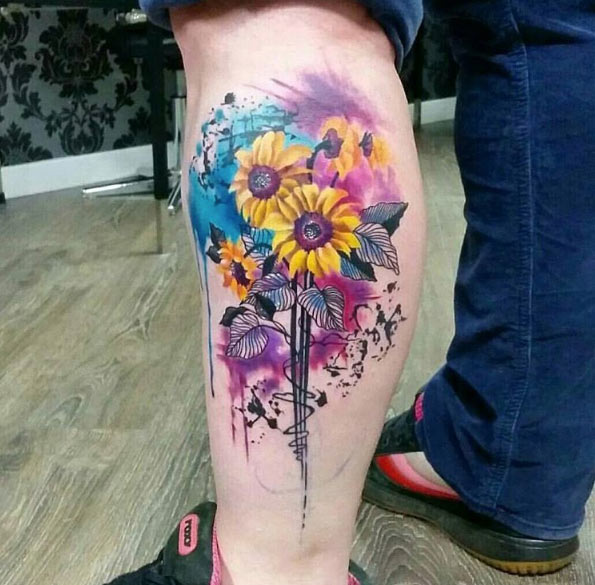







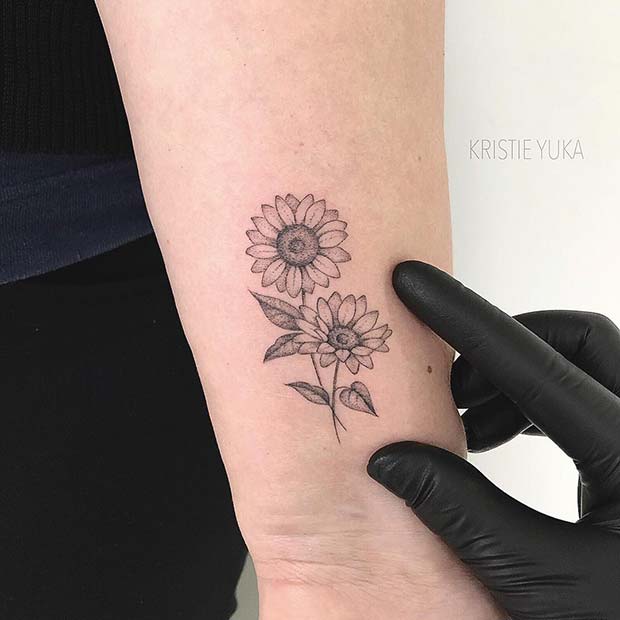

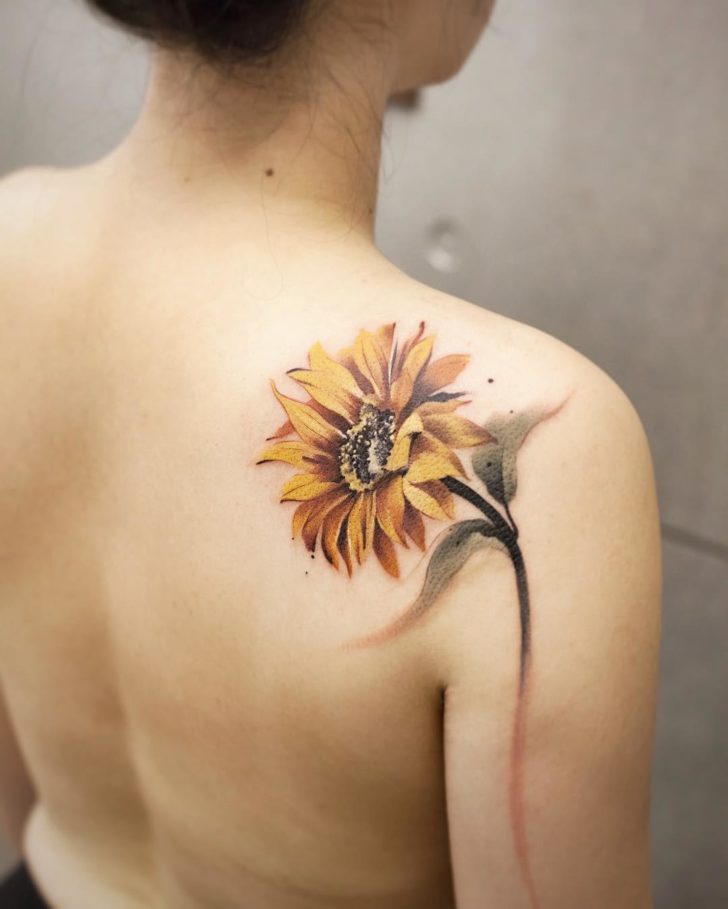





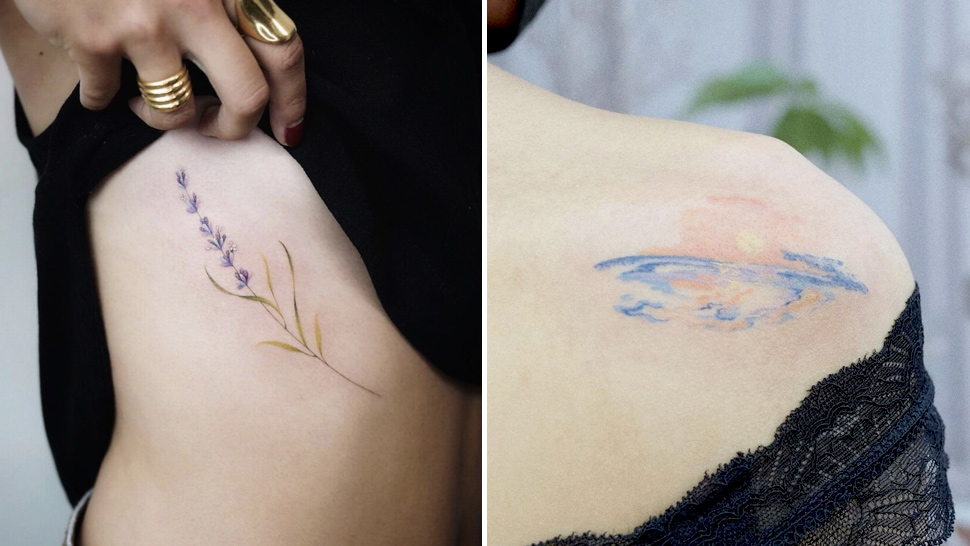



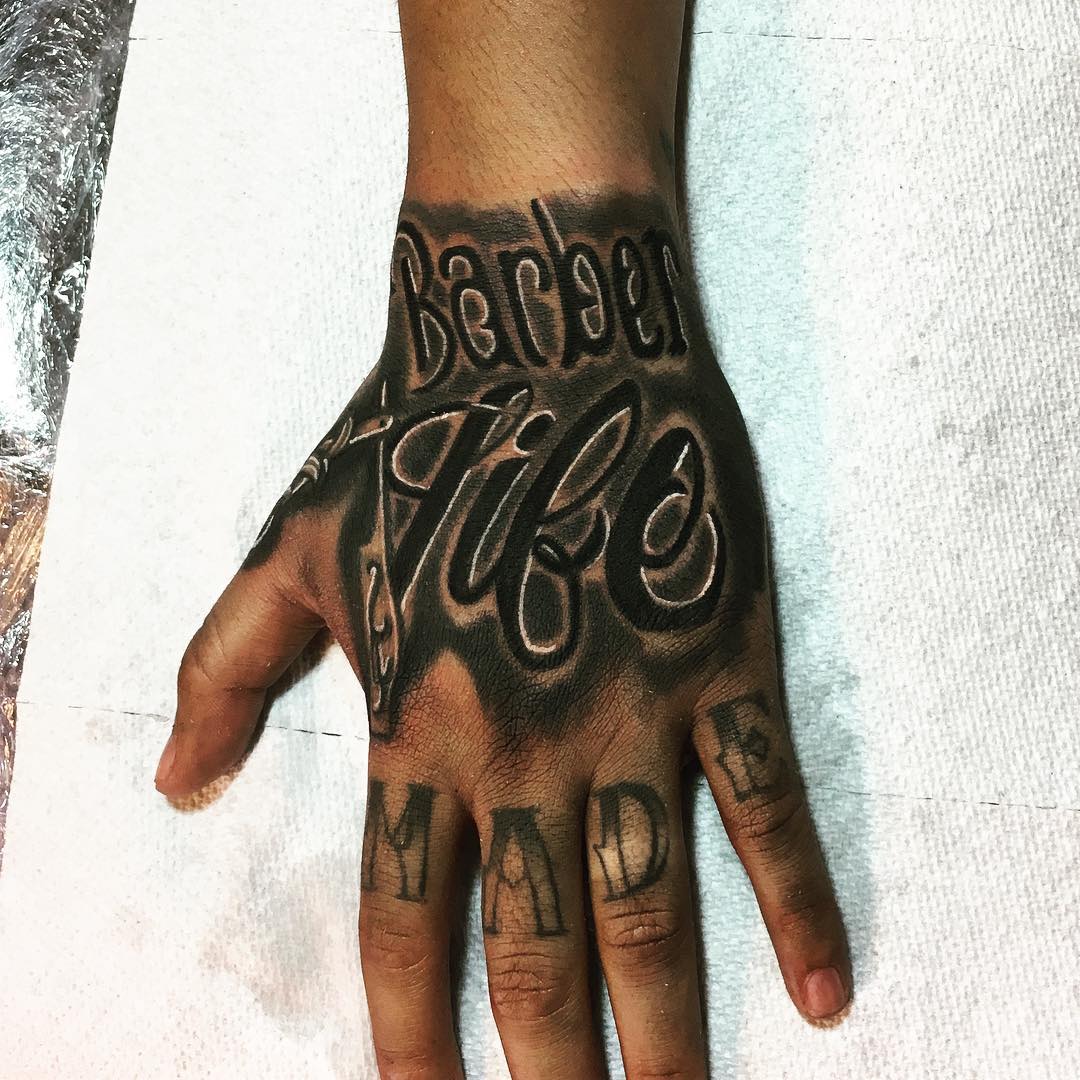

















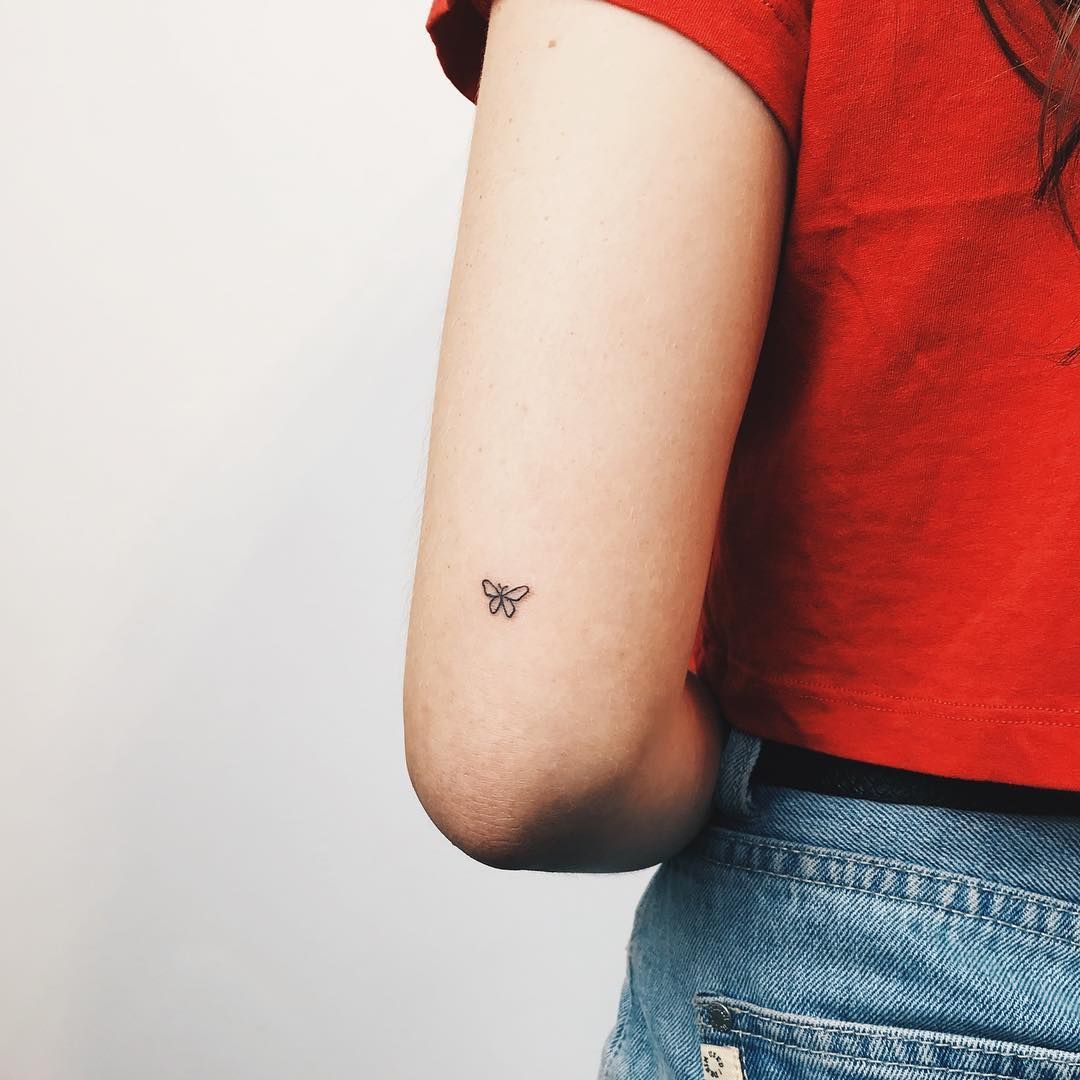












.png?w=1200&resize=1200,0&ssl=1)
.png)

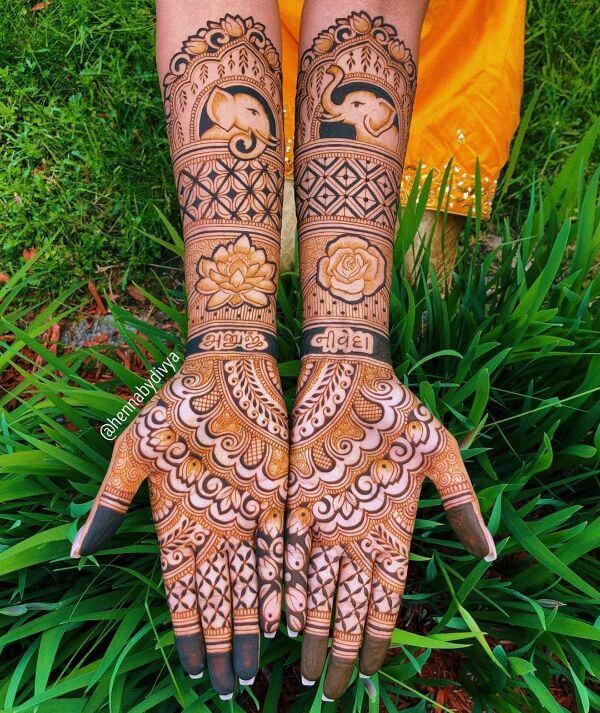

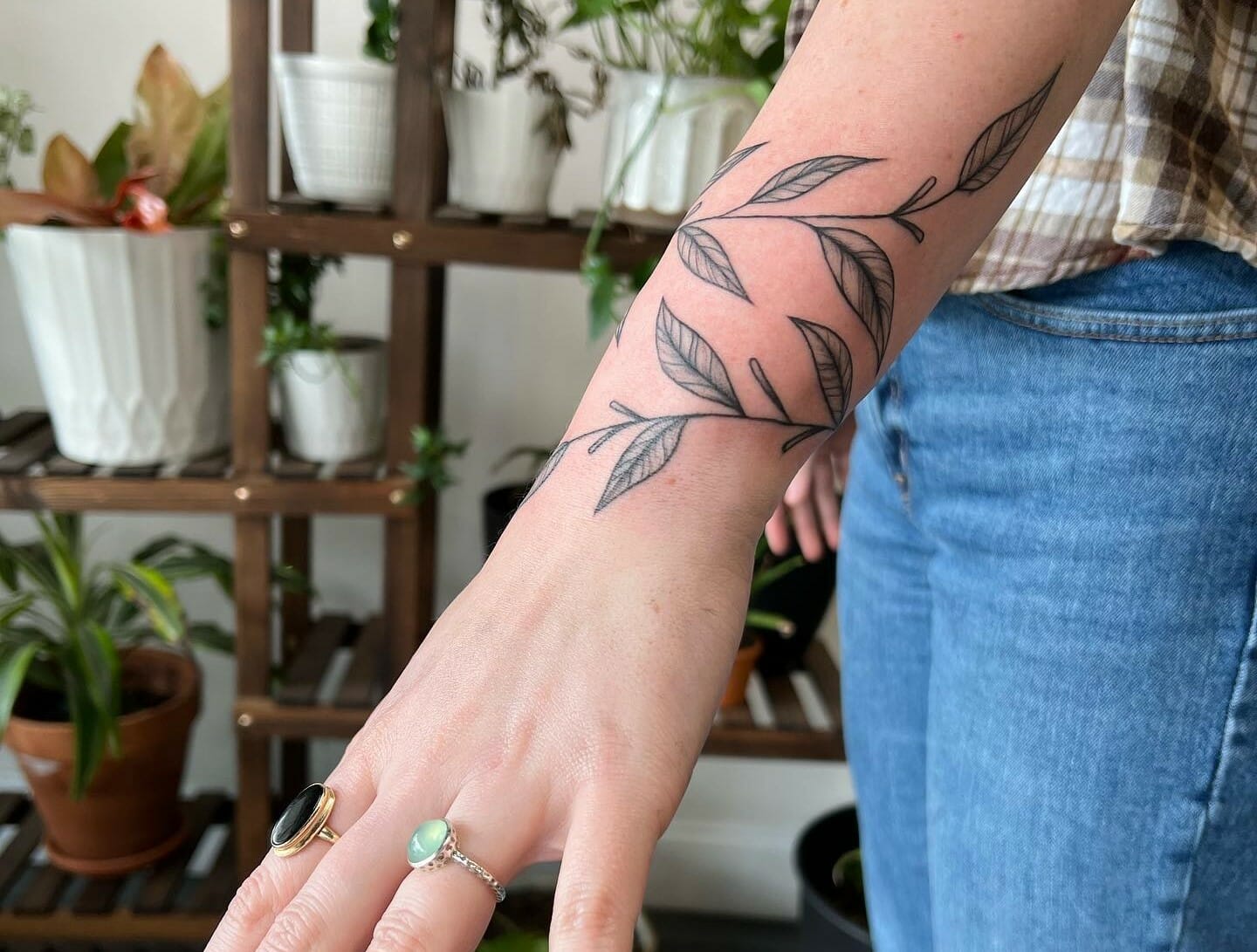







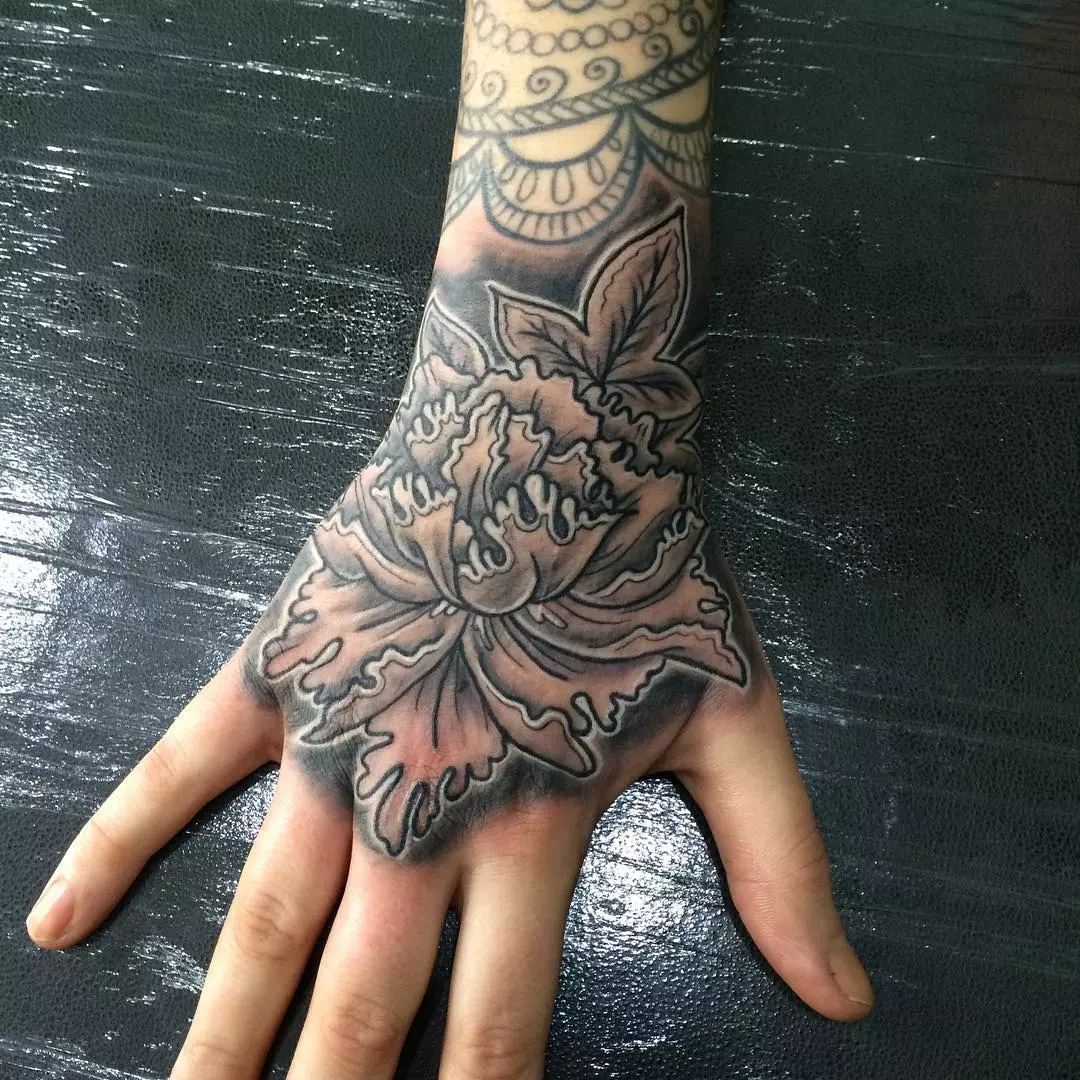



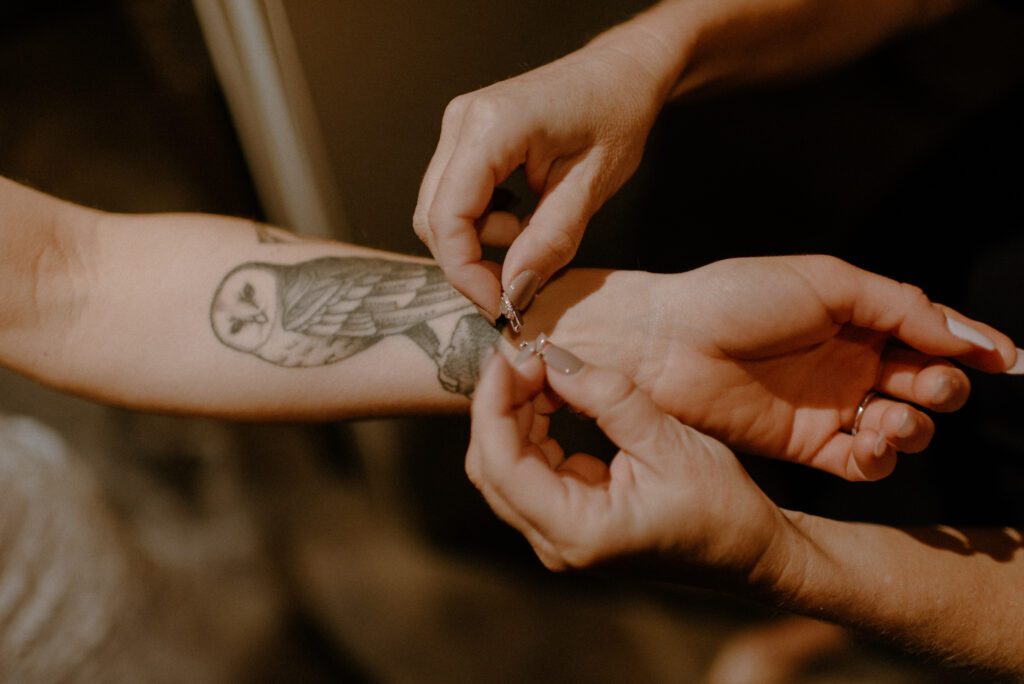



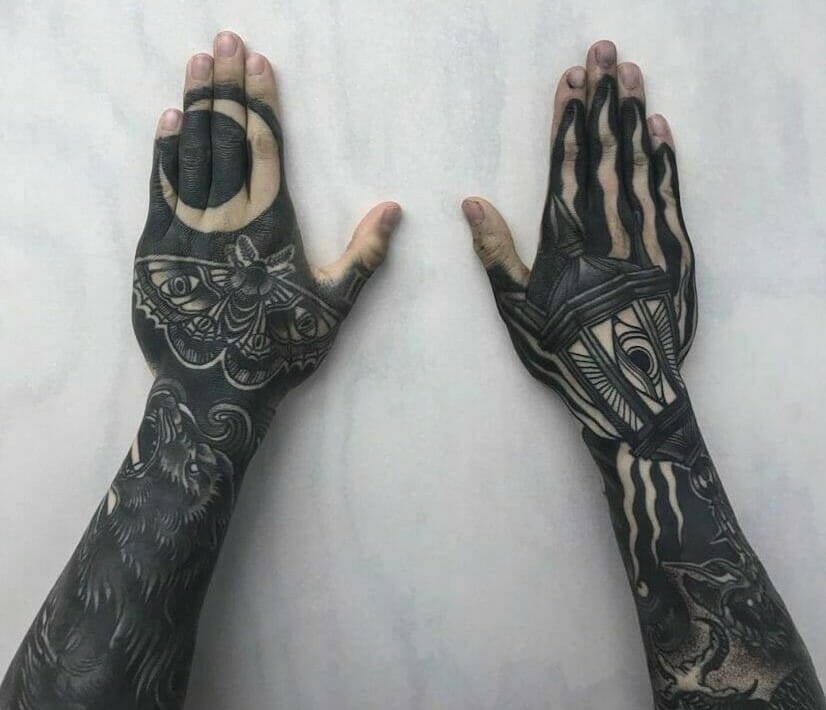



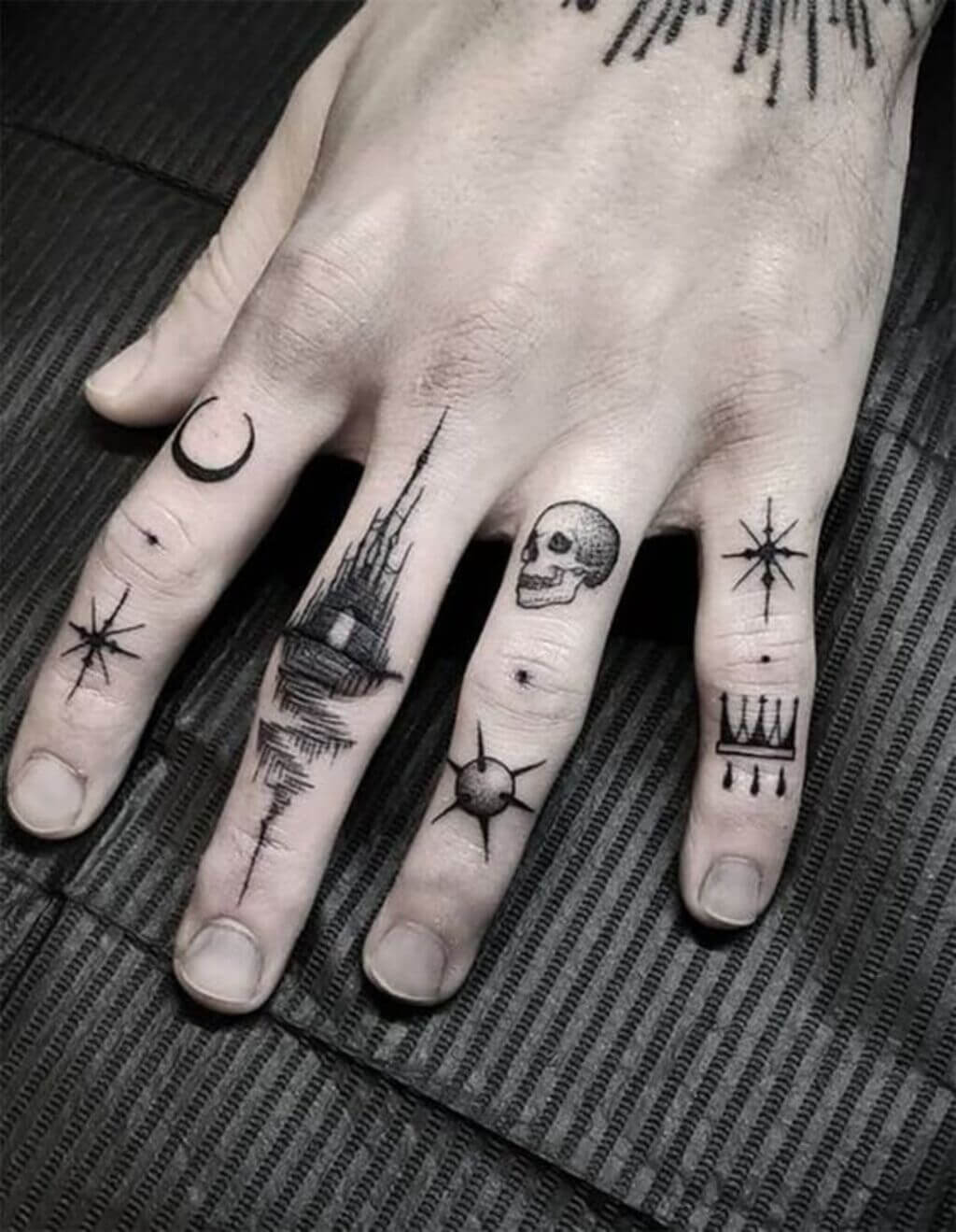







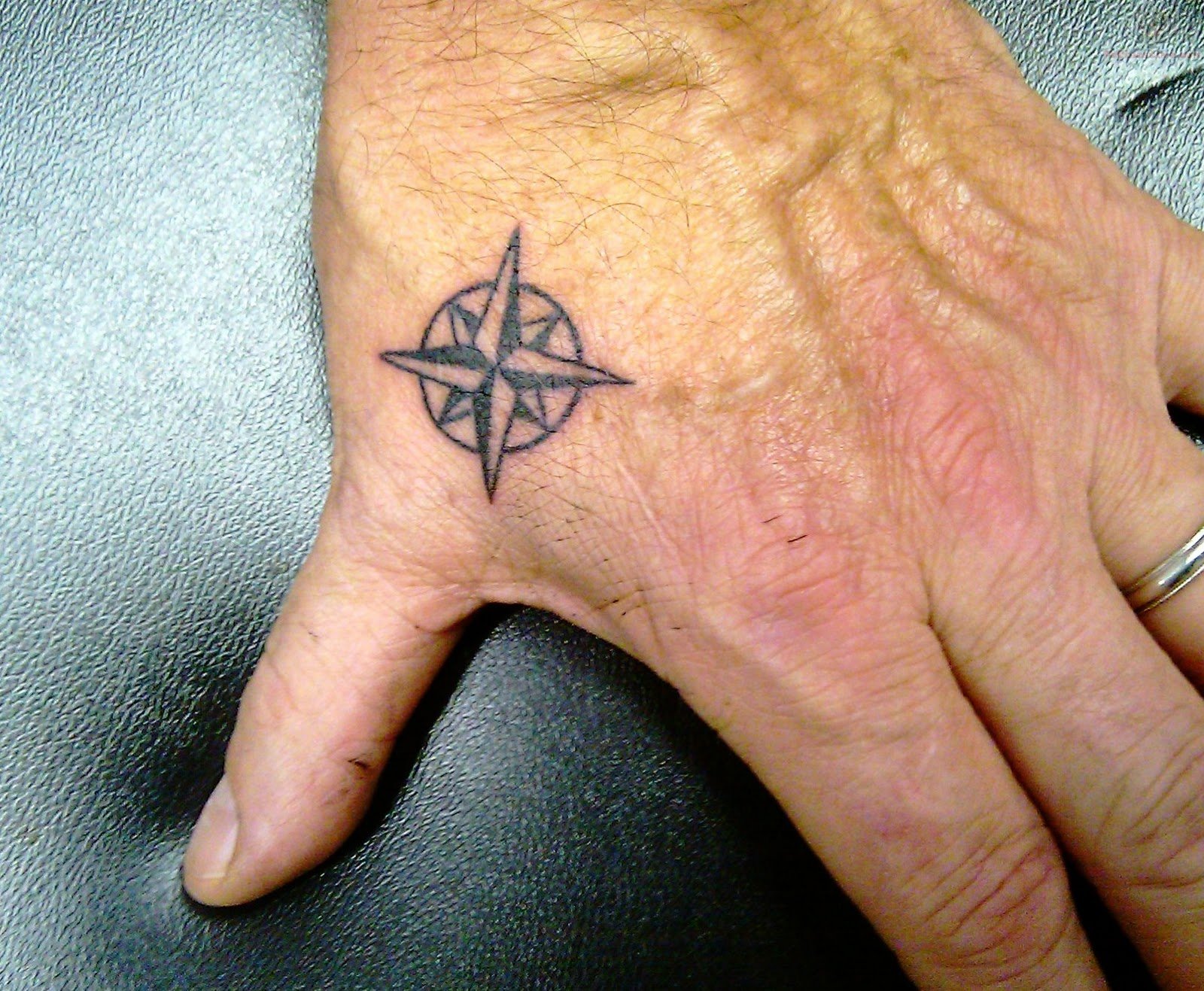



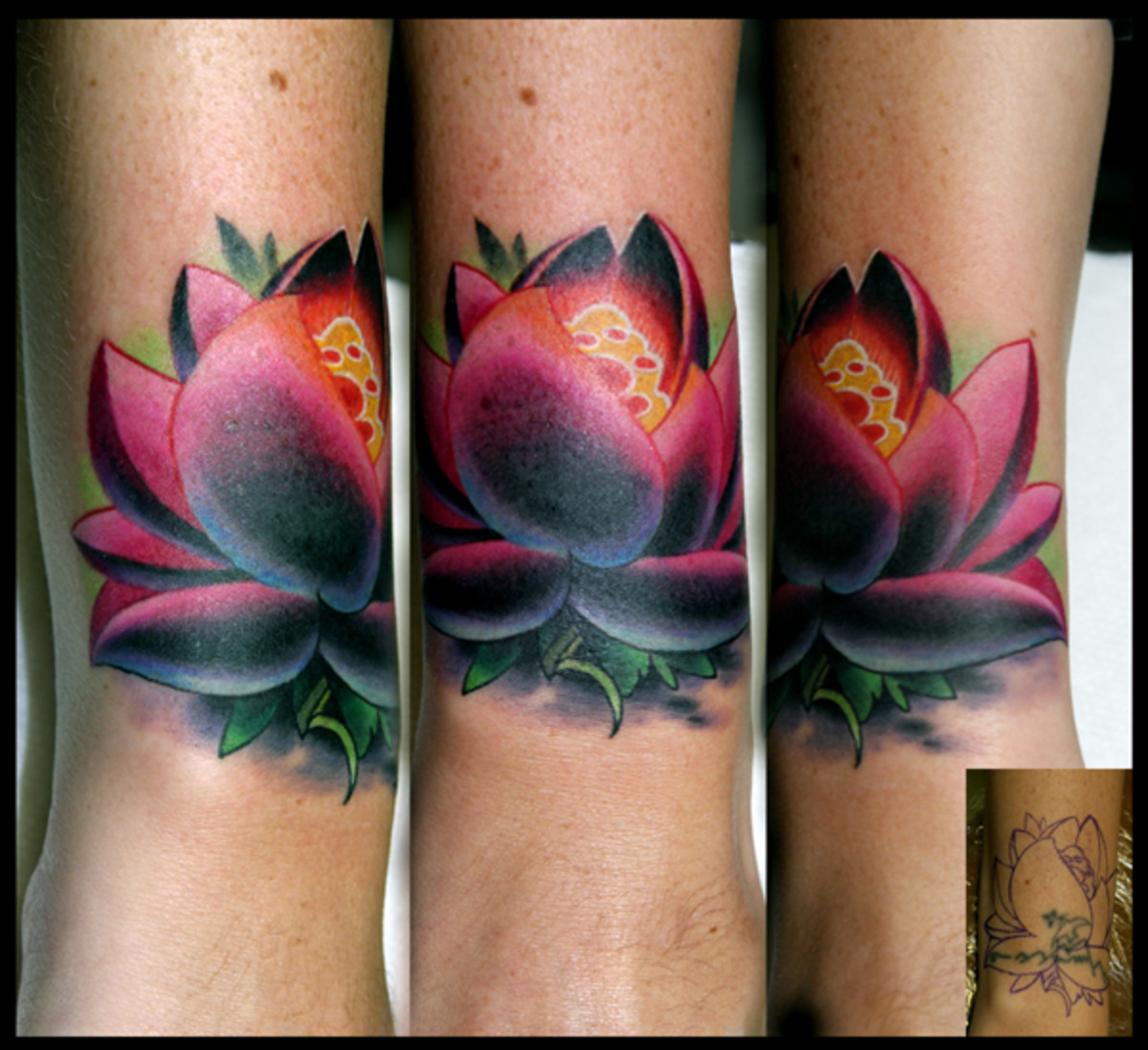
















:max_bytes(150000):strip_icc():focal(999x0:1001x2)/post-malone-tattoos-4-6b009d240d704632b9483d30bceb8022.jpg?w=1200&resize=1200,0&ssl=1)
:max_bytes(150000):strip_icc():focal(999x0:1001x2)/post-malone-tattoos-4-6b009d240d704632b9483d30bceb8022.jpg)



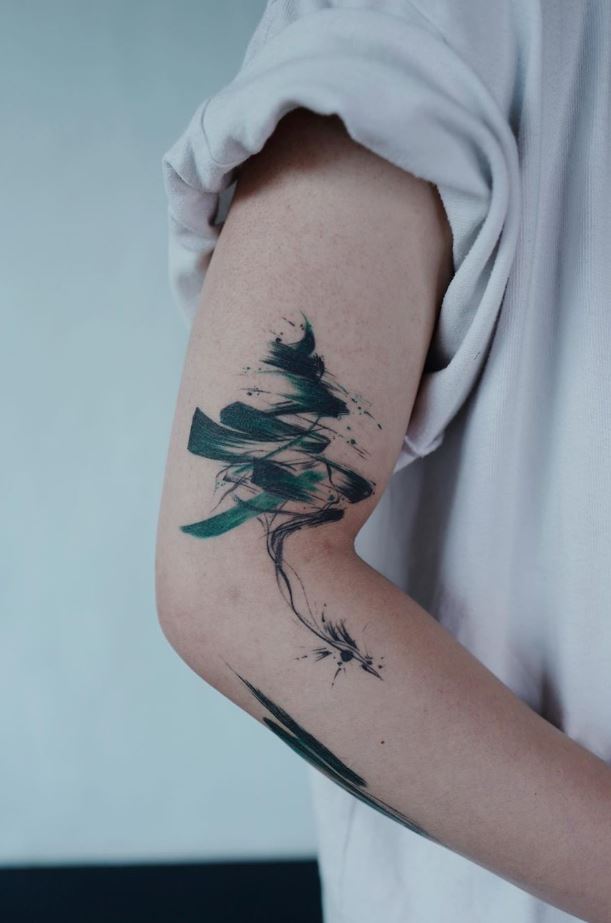









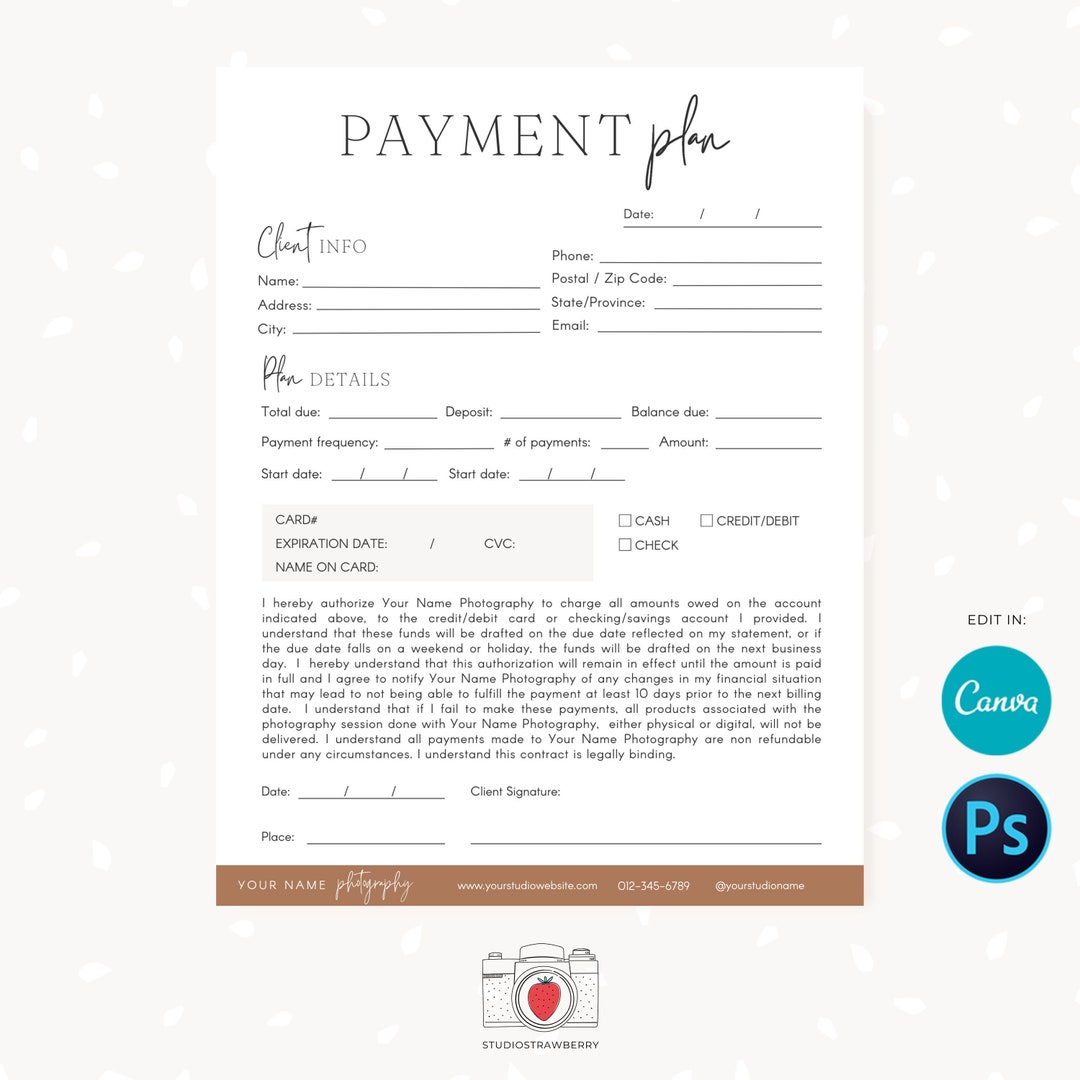







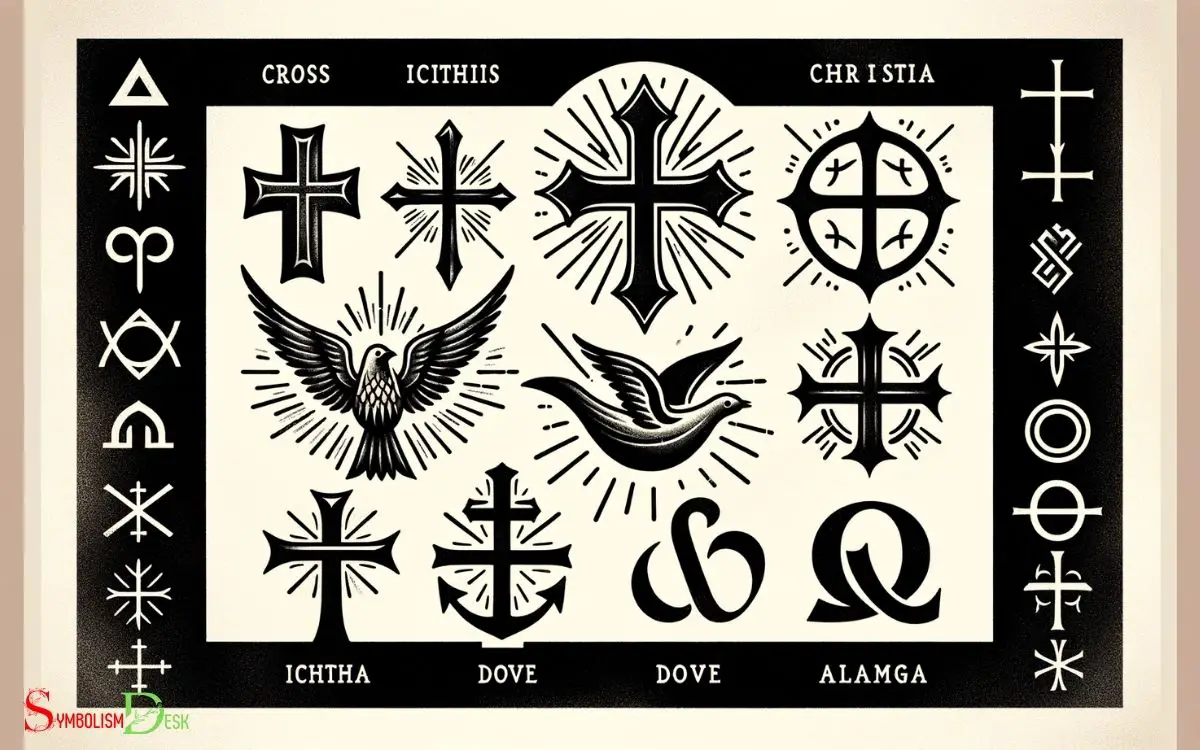

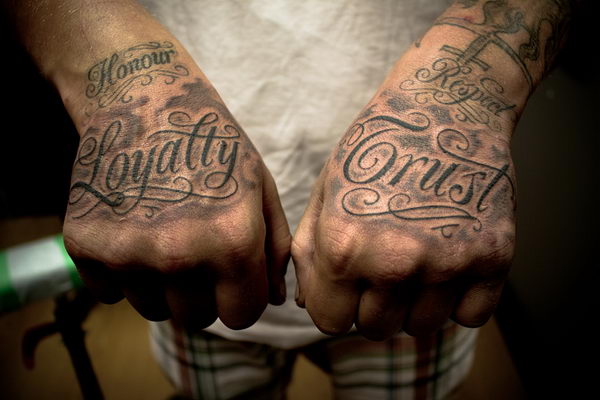







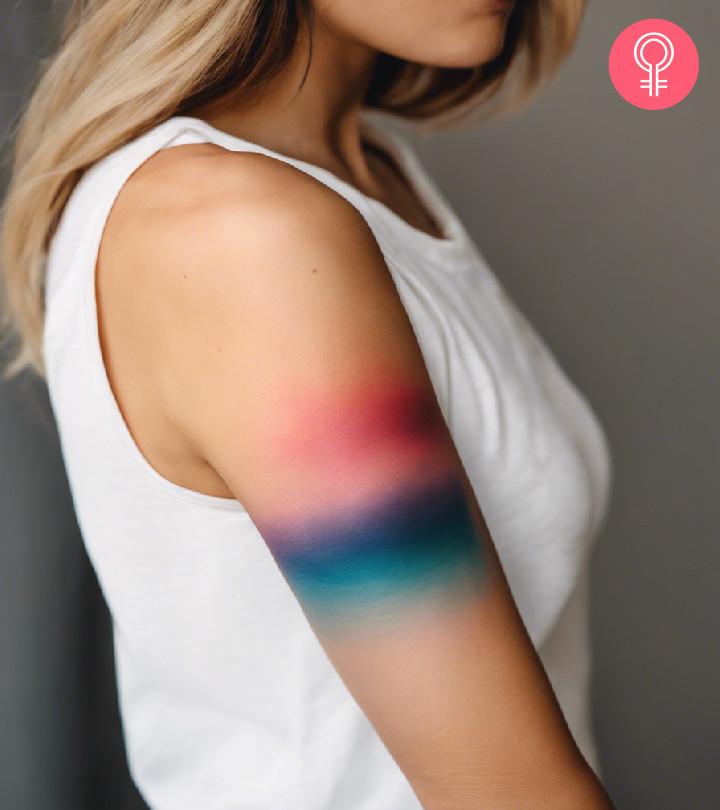



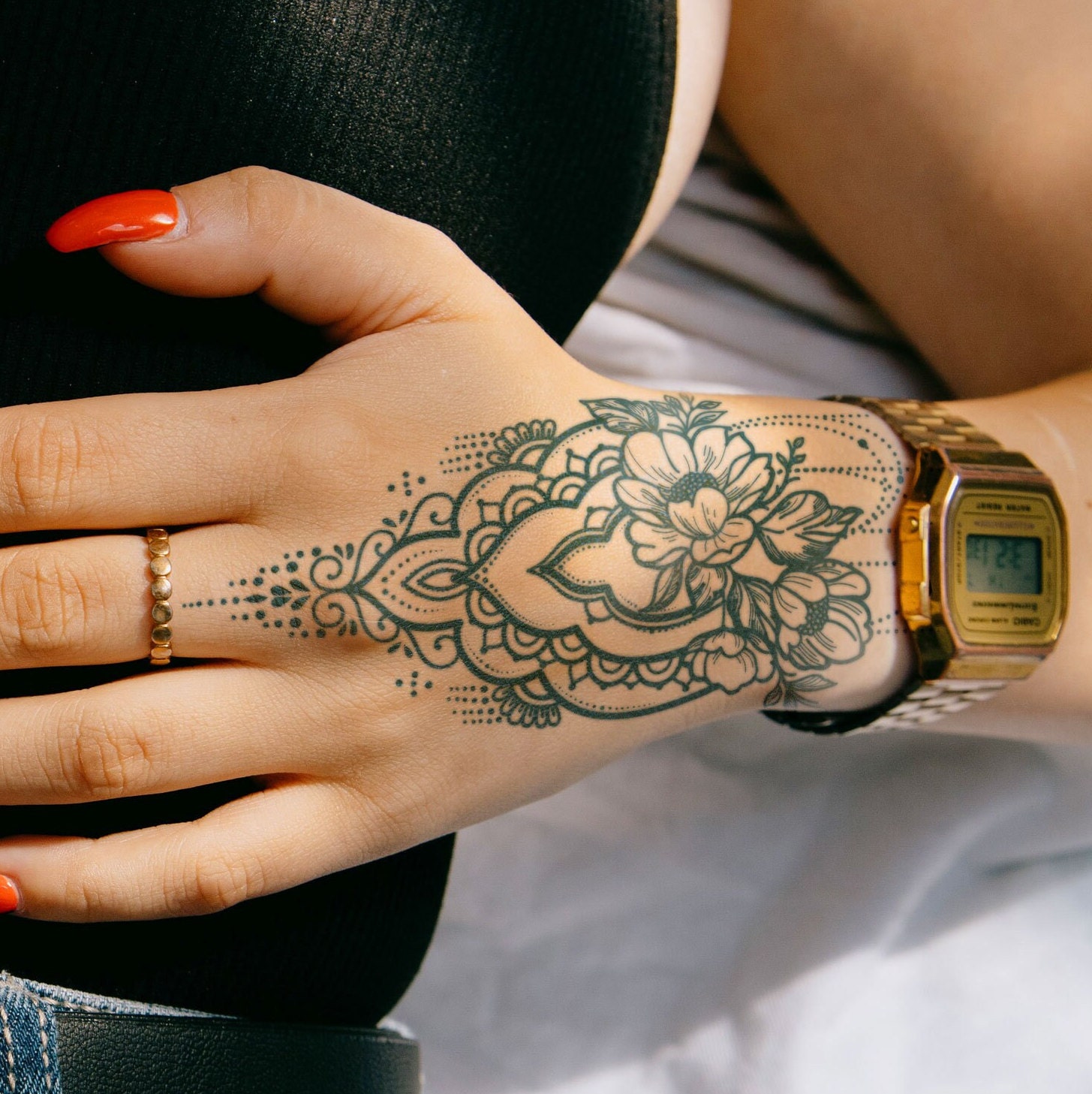



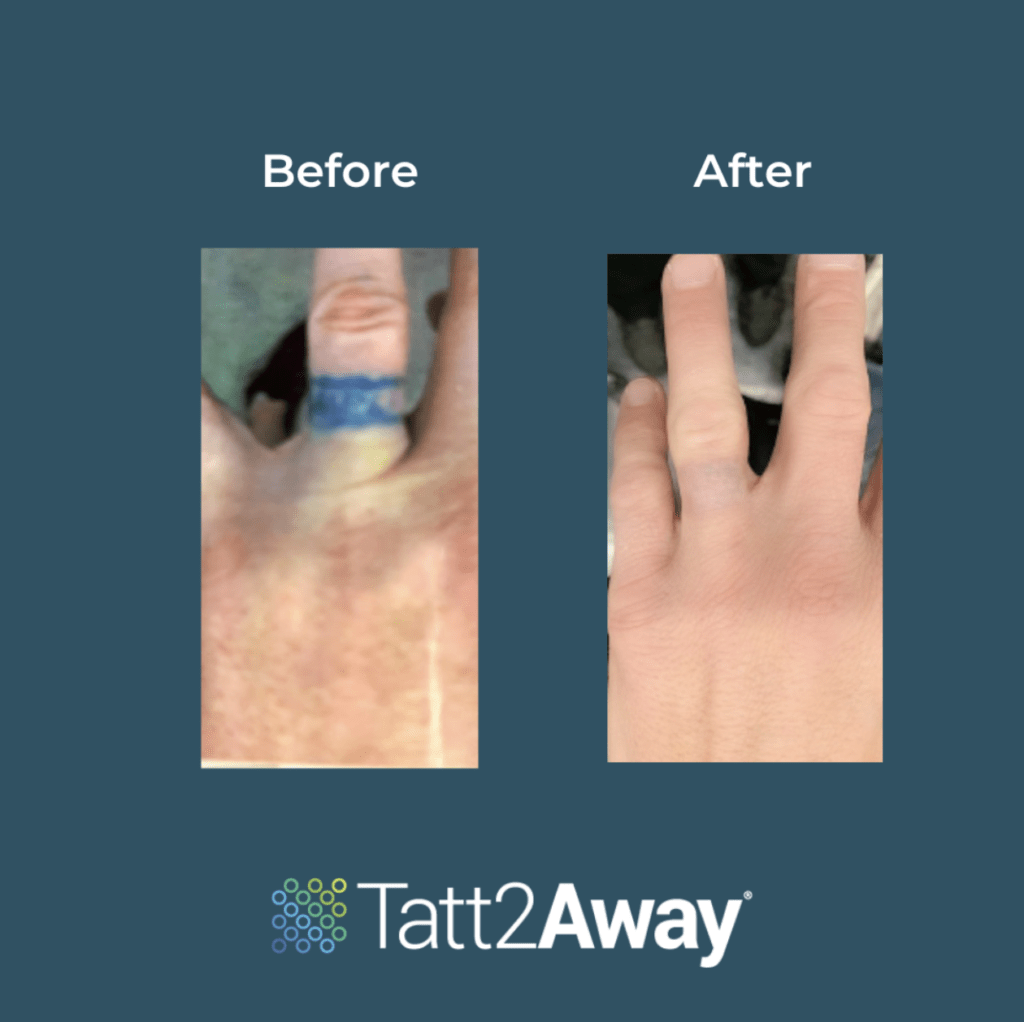

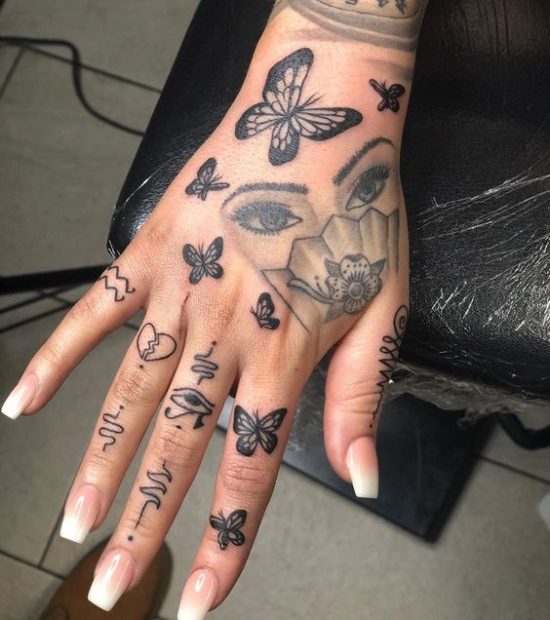







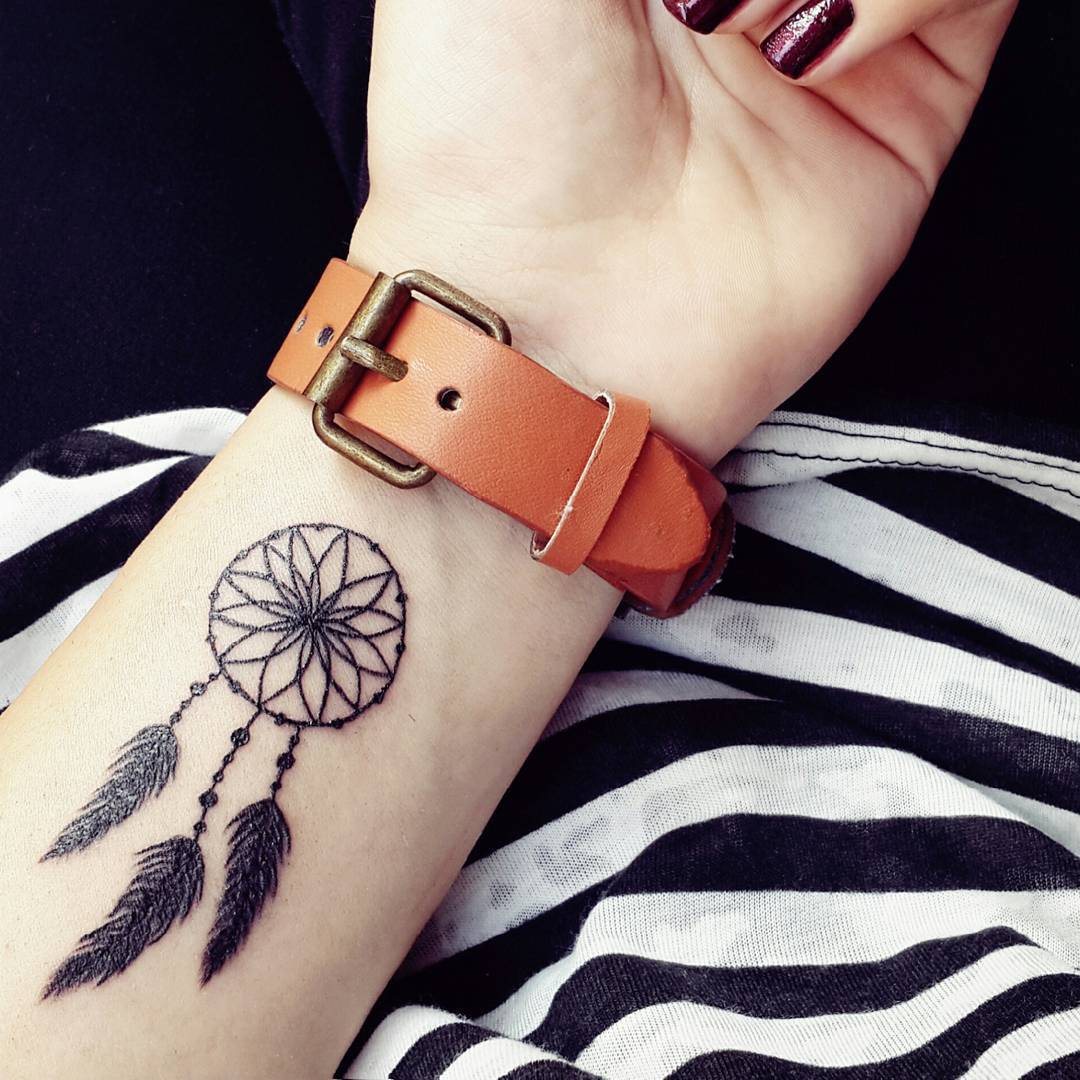

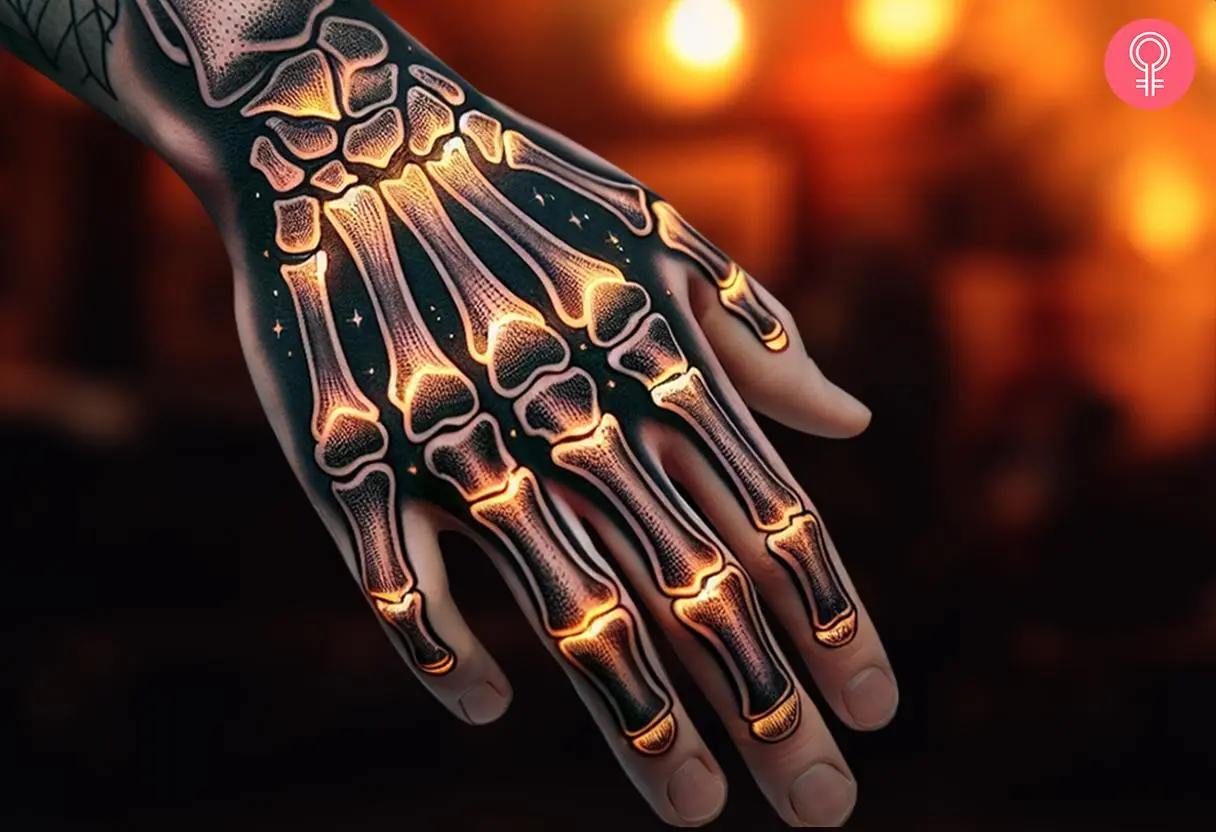
:max_bytes(150000):strip_icc()/ulassyesilyurt_1716916668_3378064310179905667_1578094551-503f561170154c5dbbc0576d860c1119.jpg?w=1200&resize=1200,0&ssl=1)
:max_bytes(150000):strip_icc()/ulassyesilyurt_1716916668_3378064310179905667_1578094551-503f561170154c5dbbc0576d860c1119.jpg)

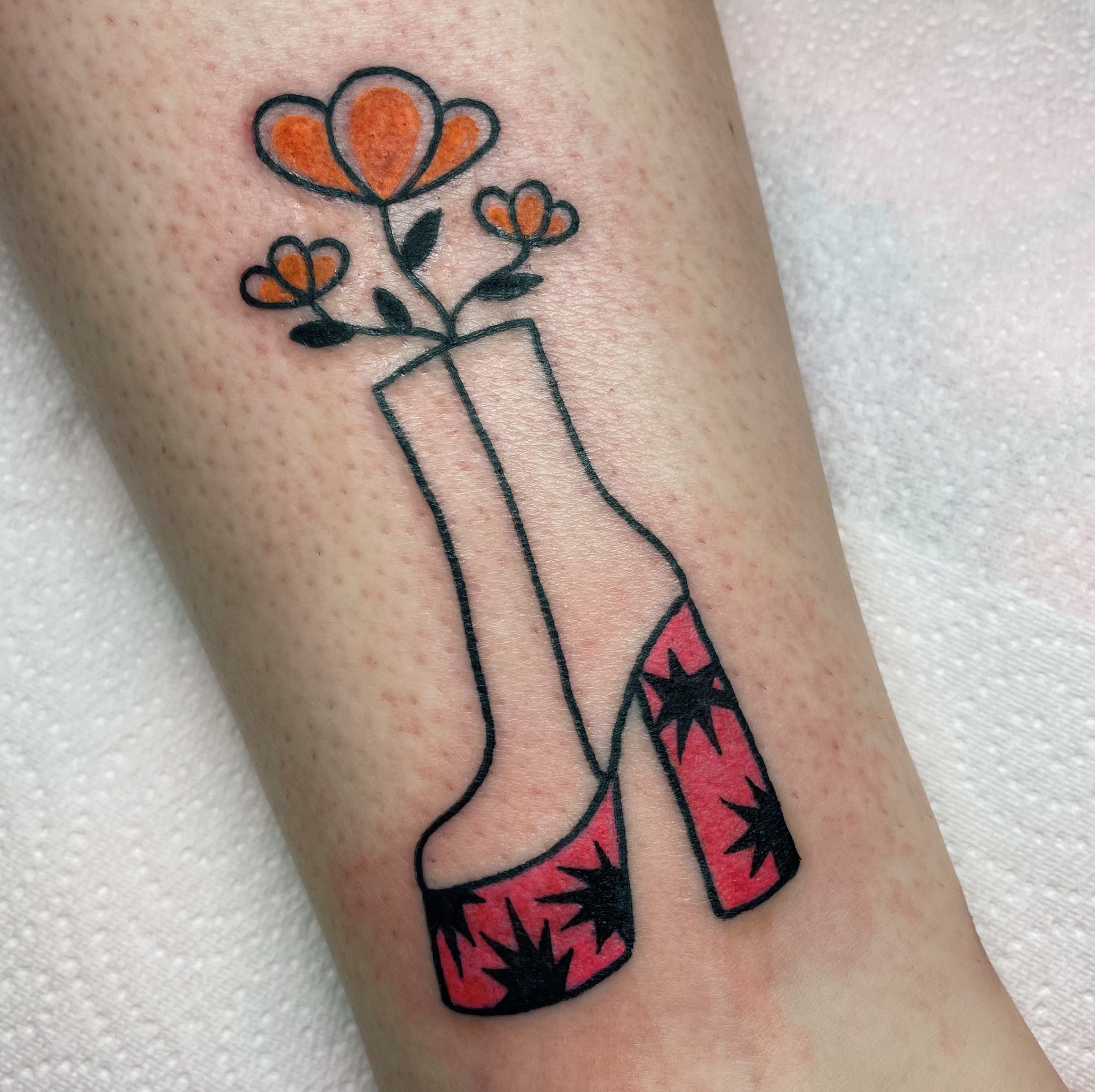

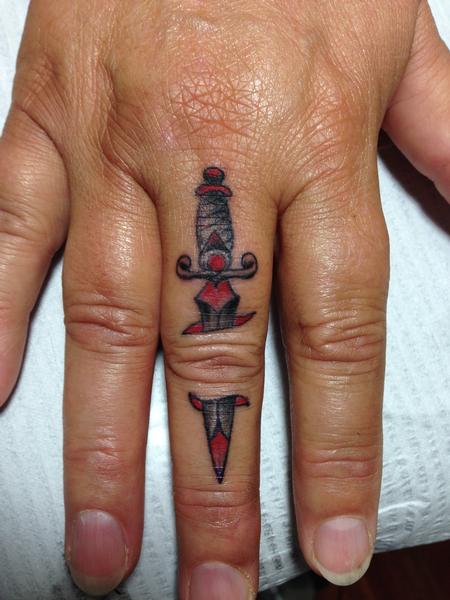





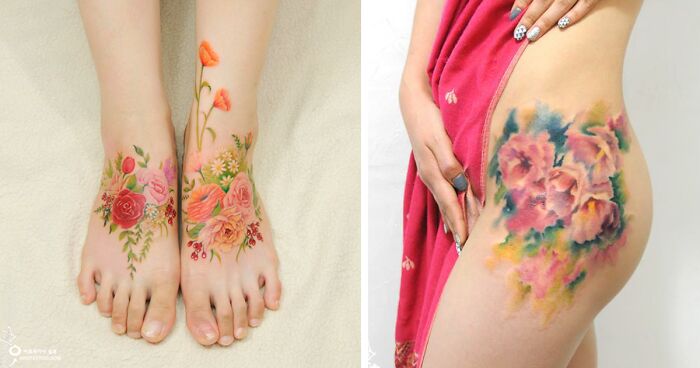

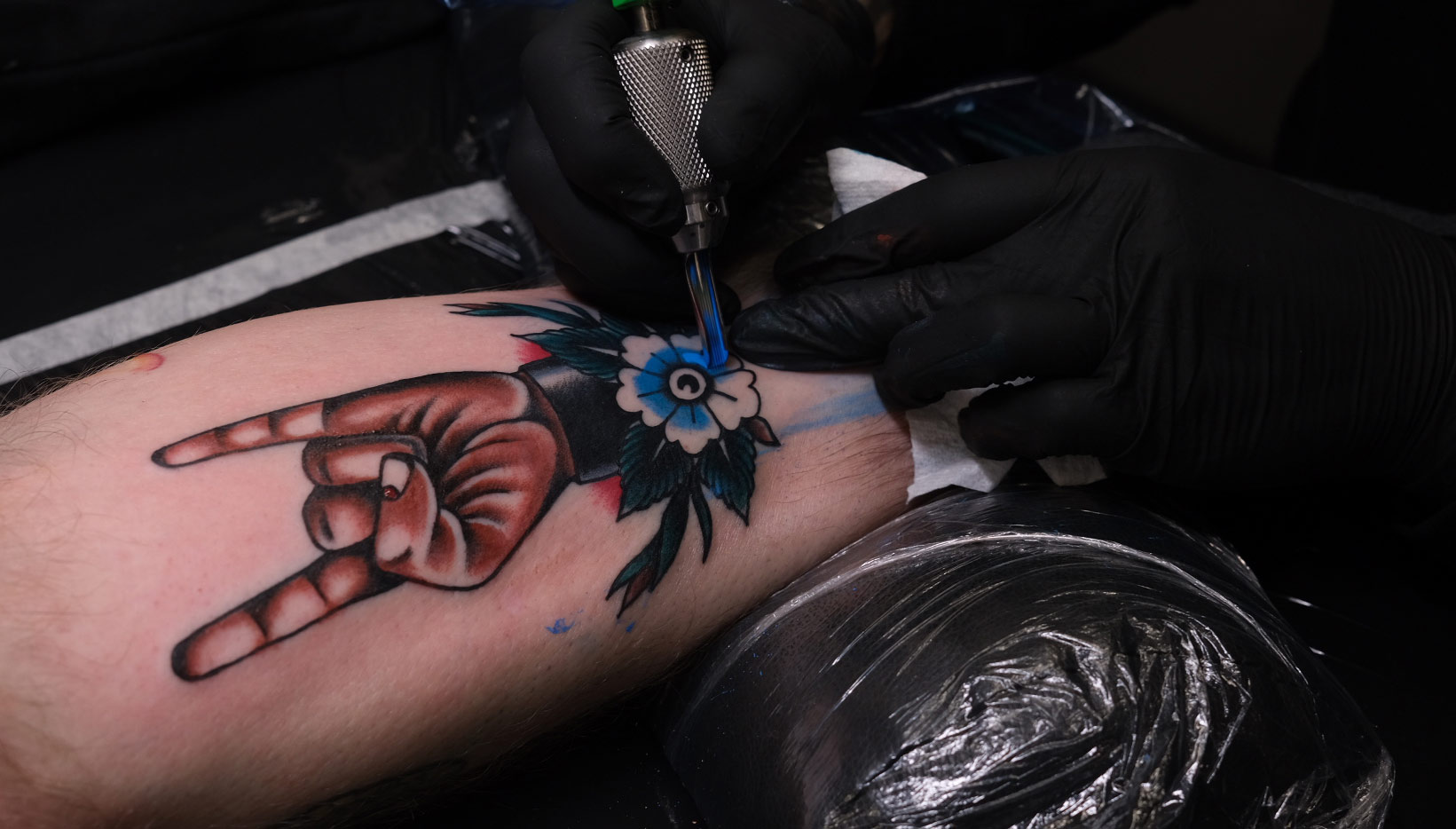



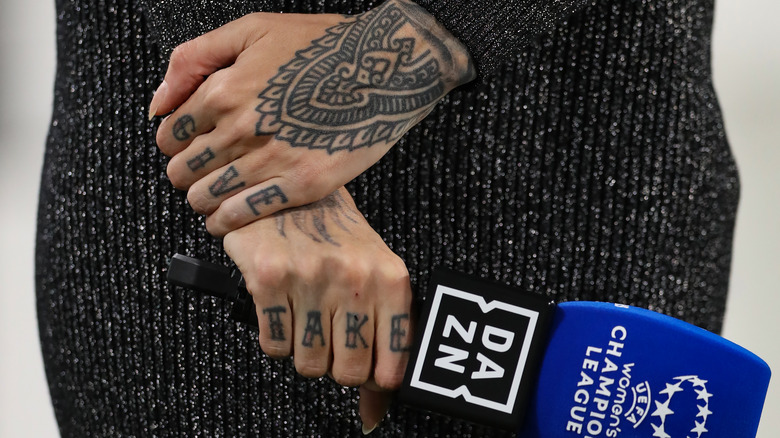











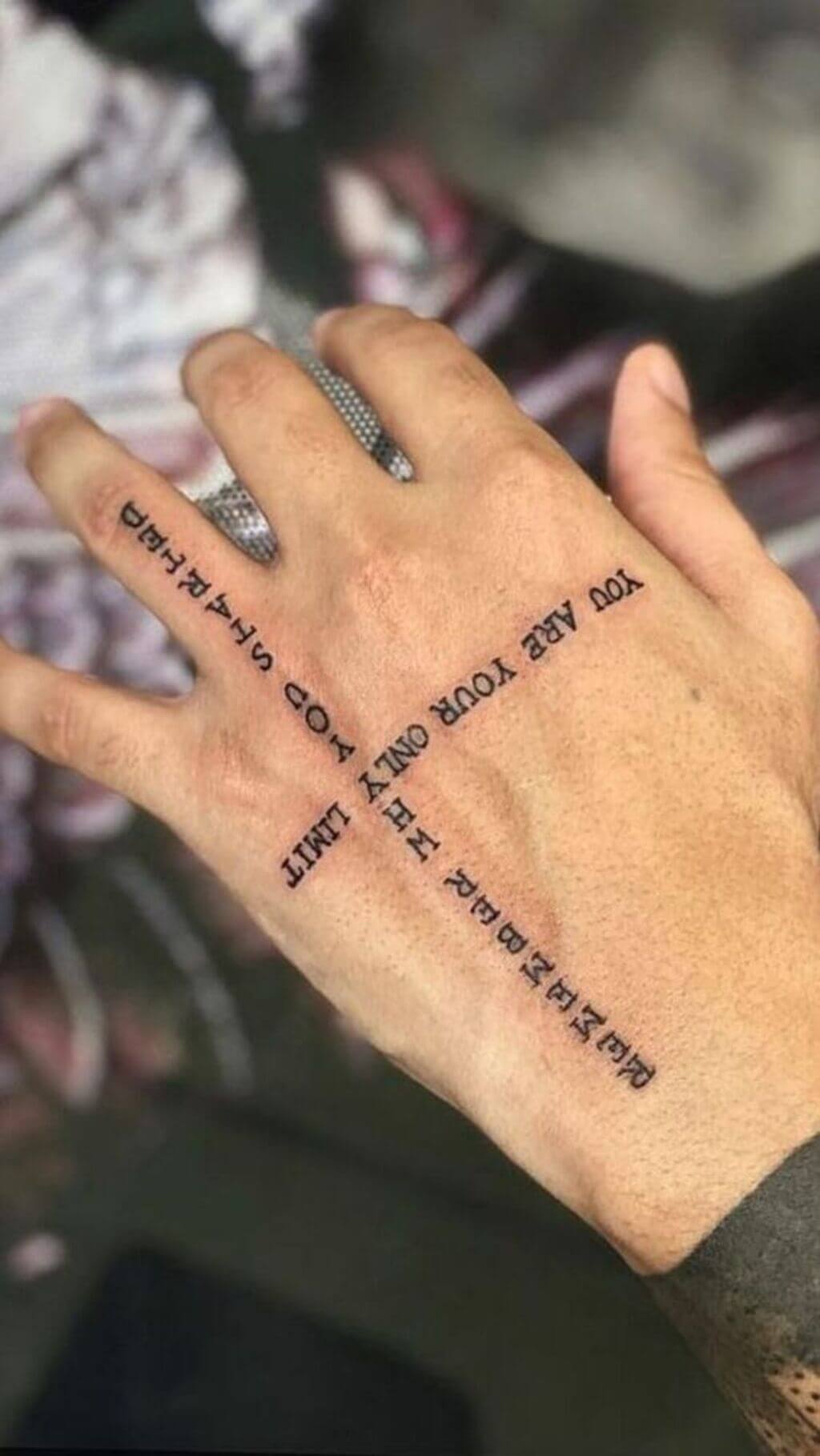







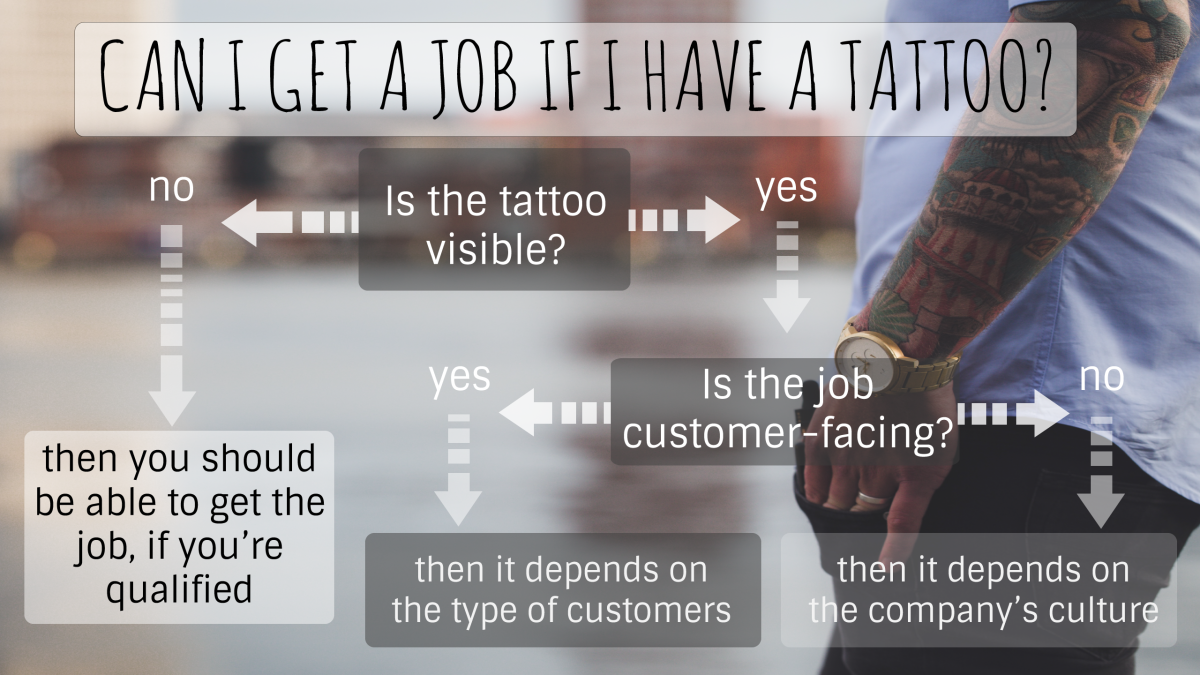

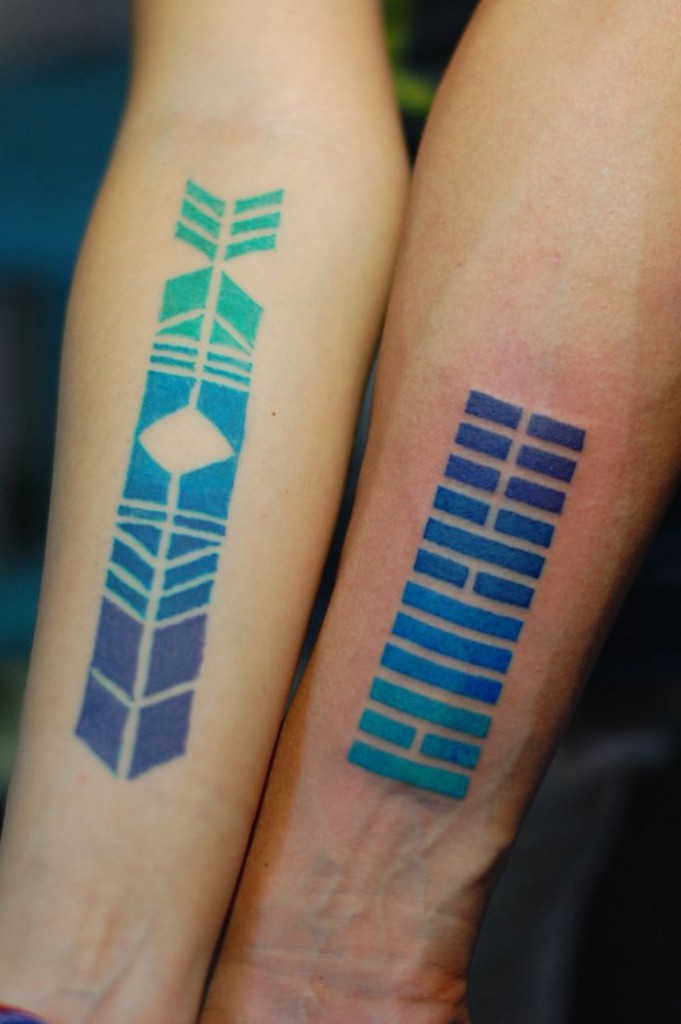

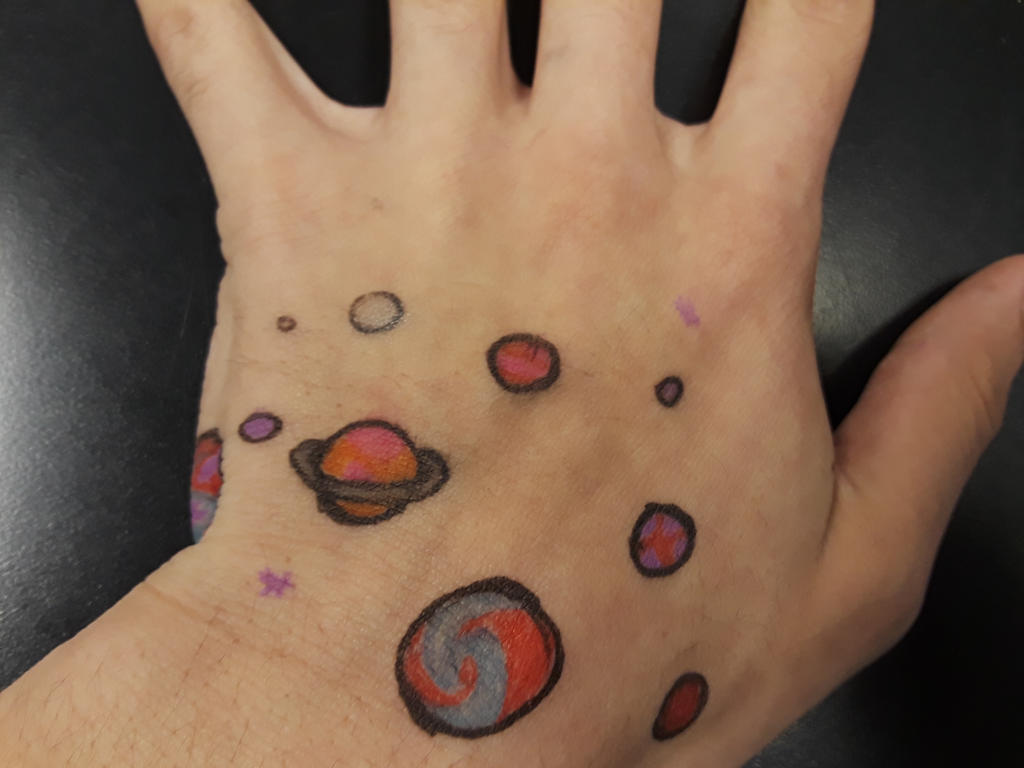









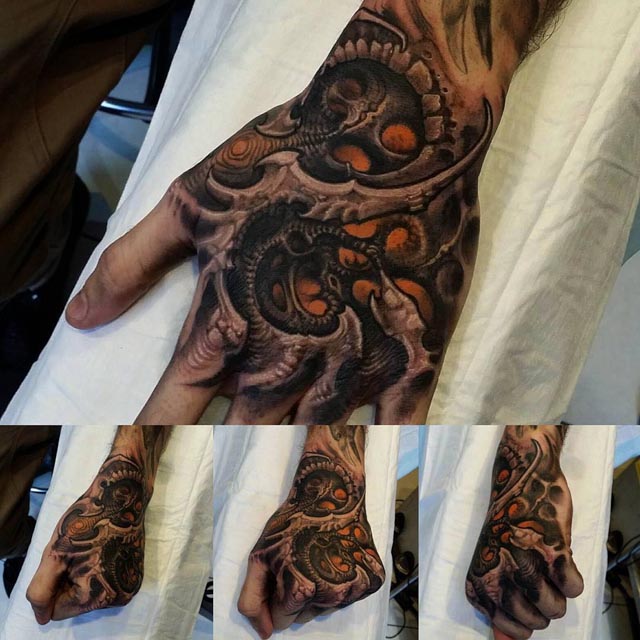





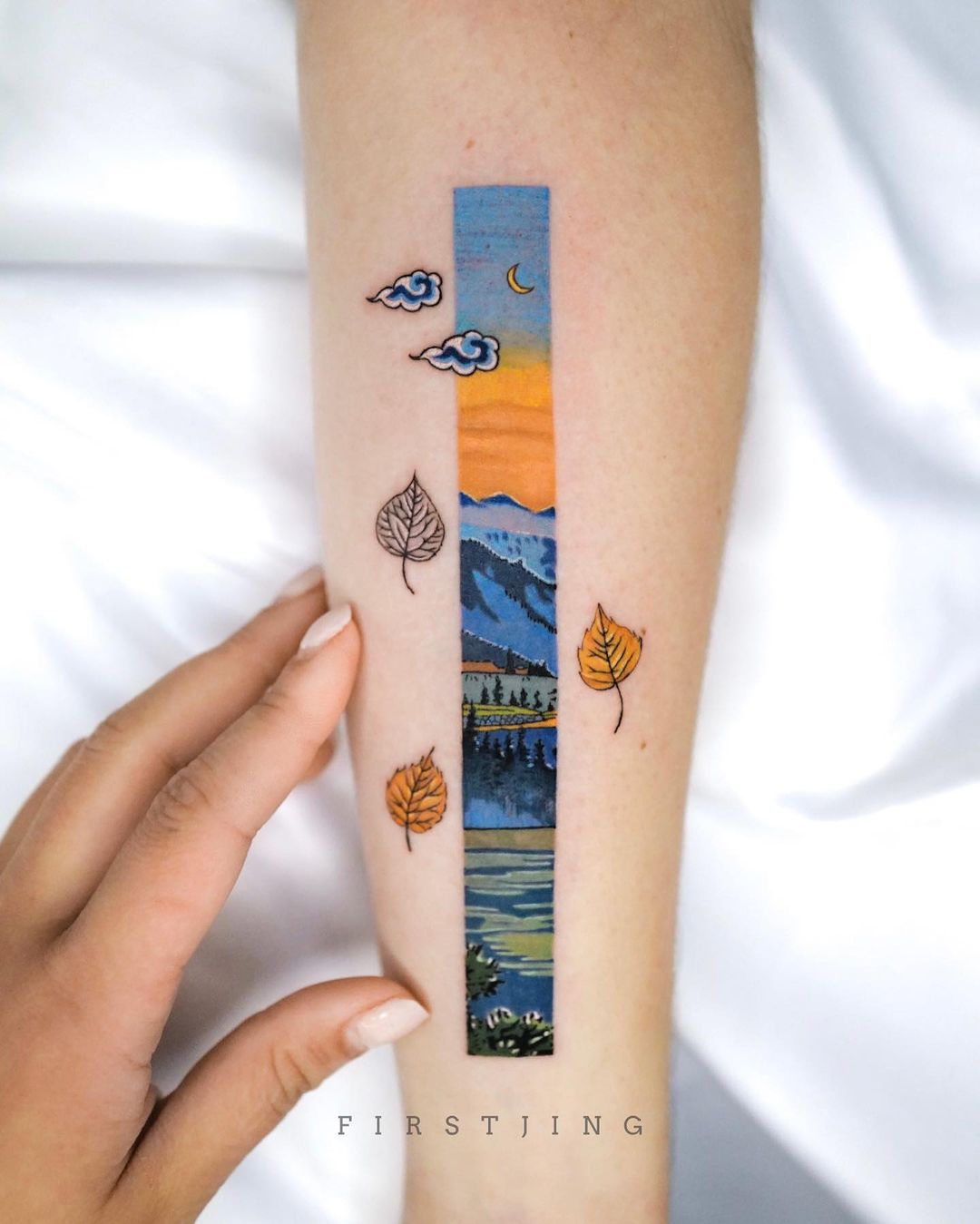





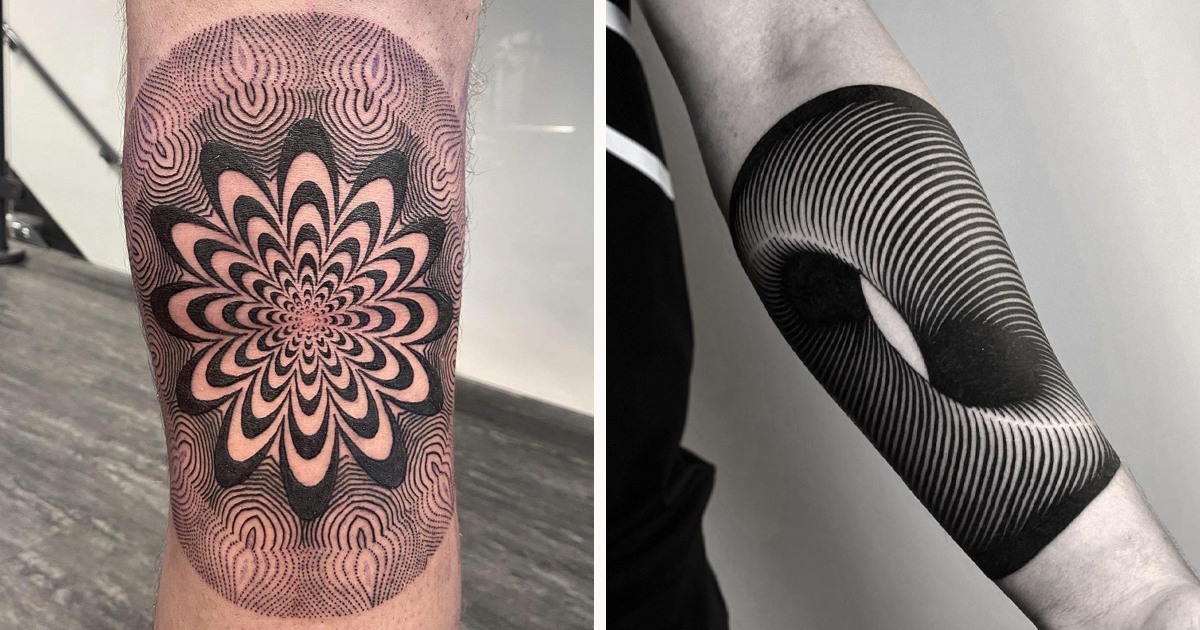





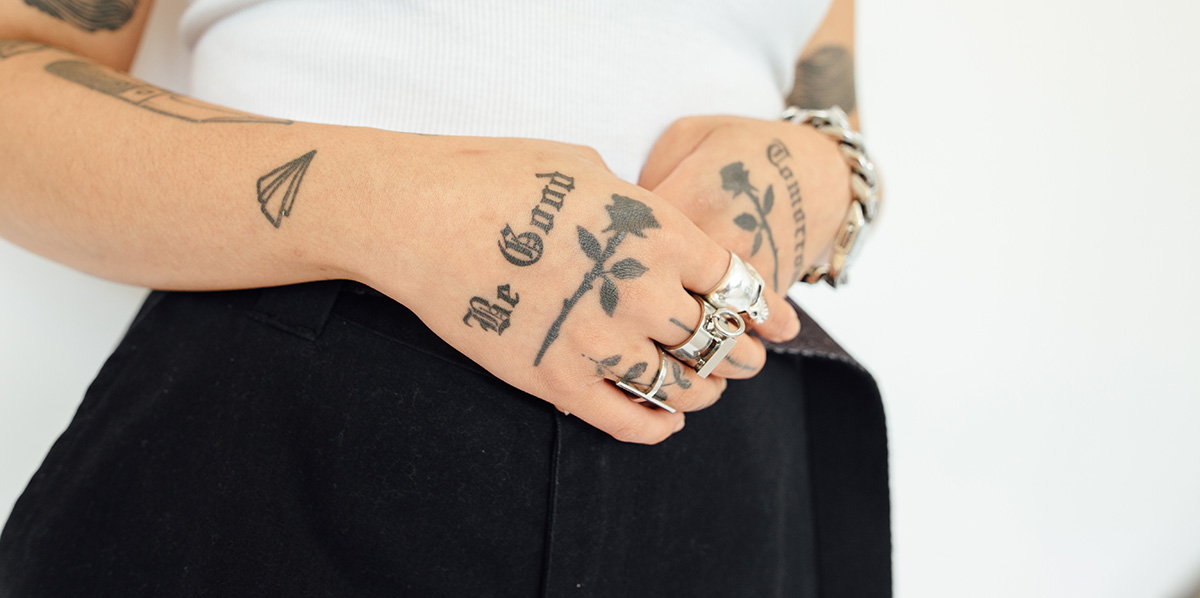









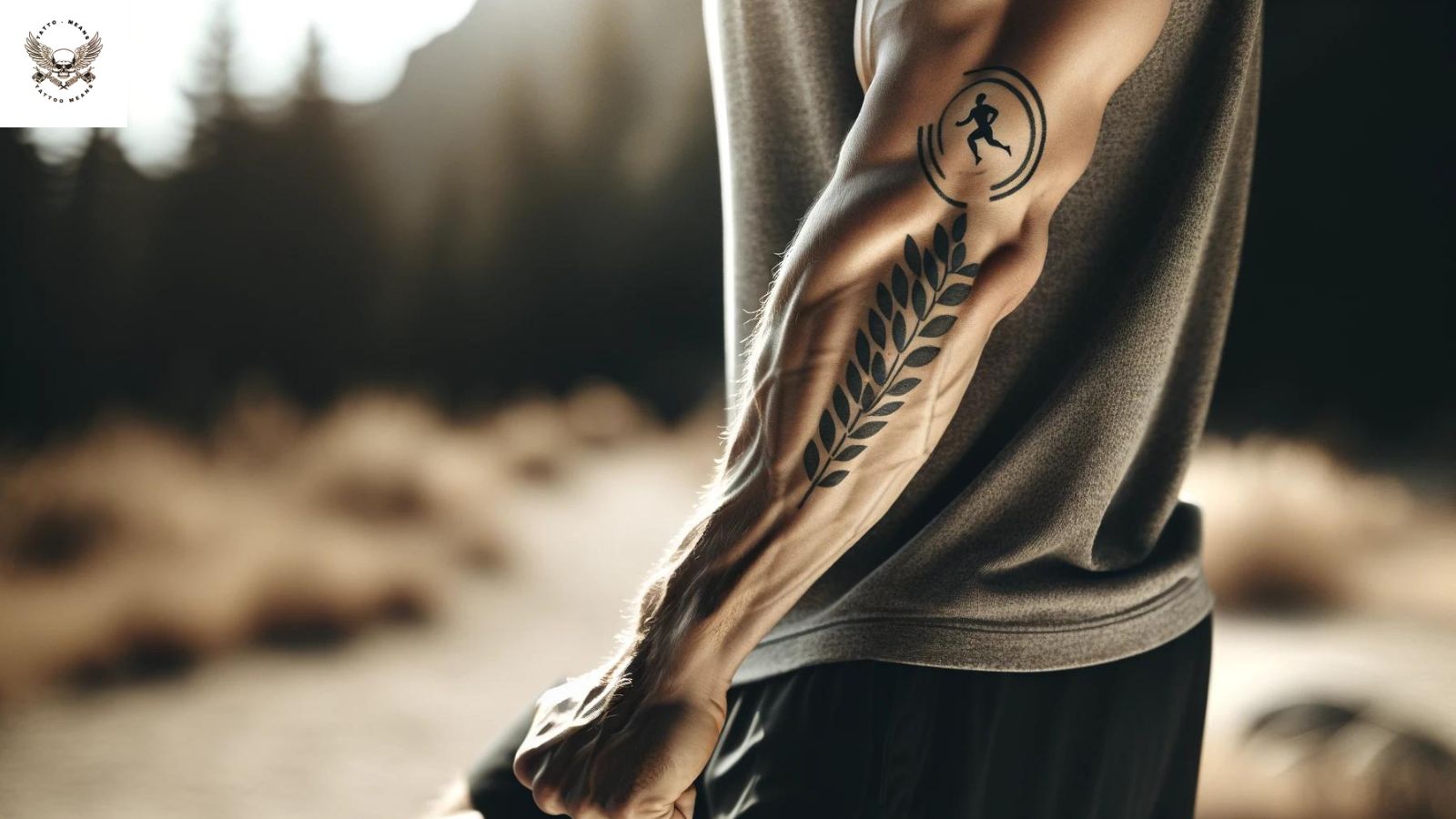





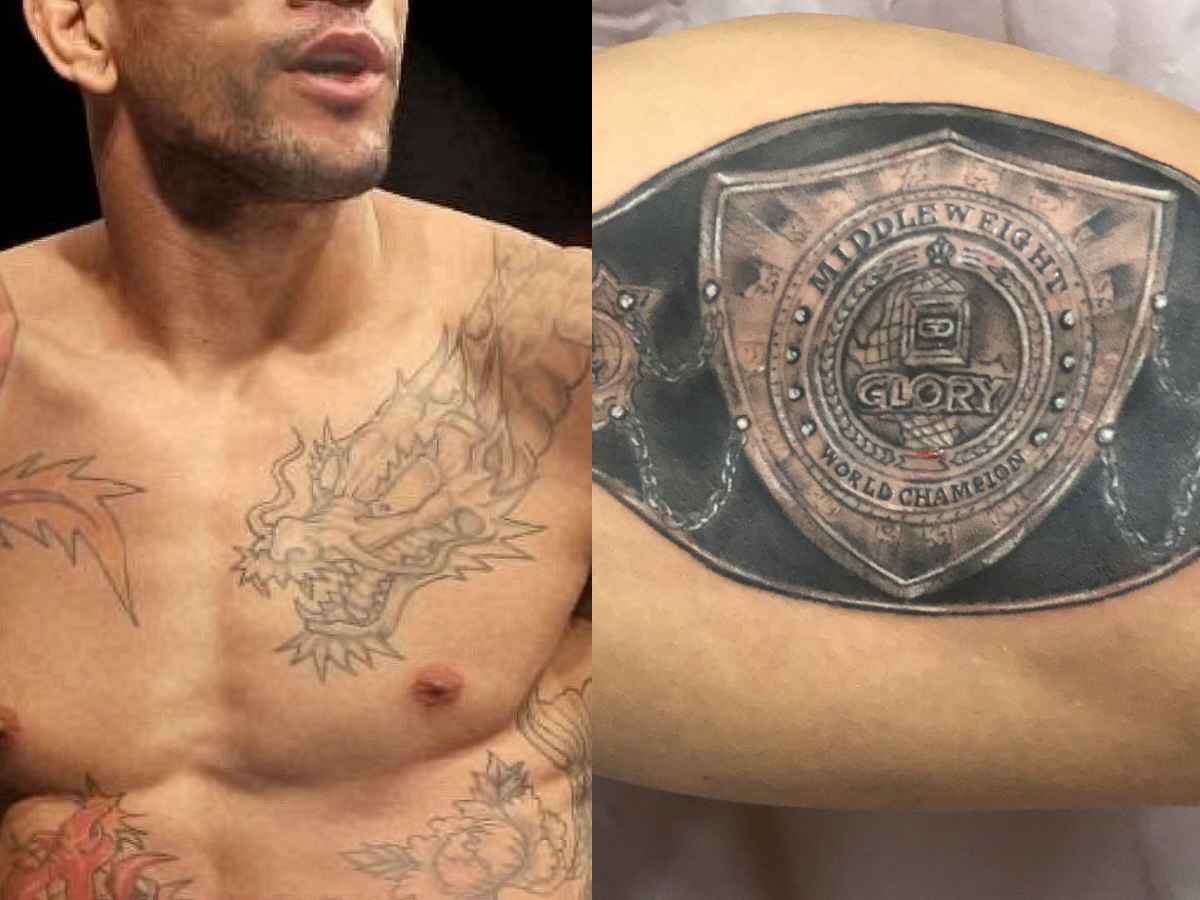






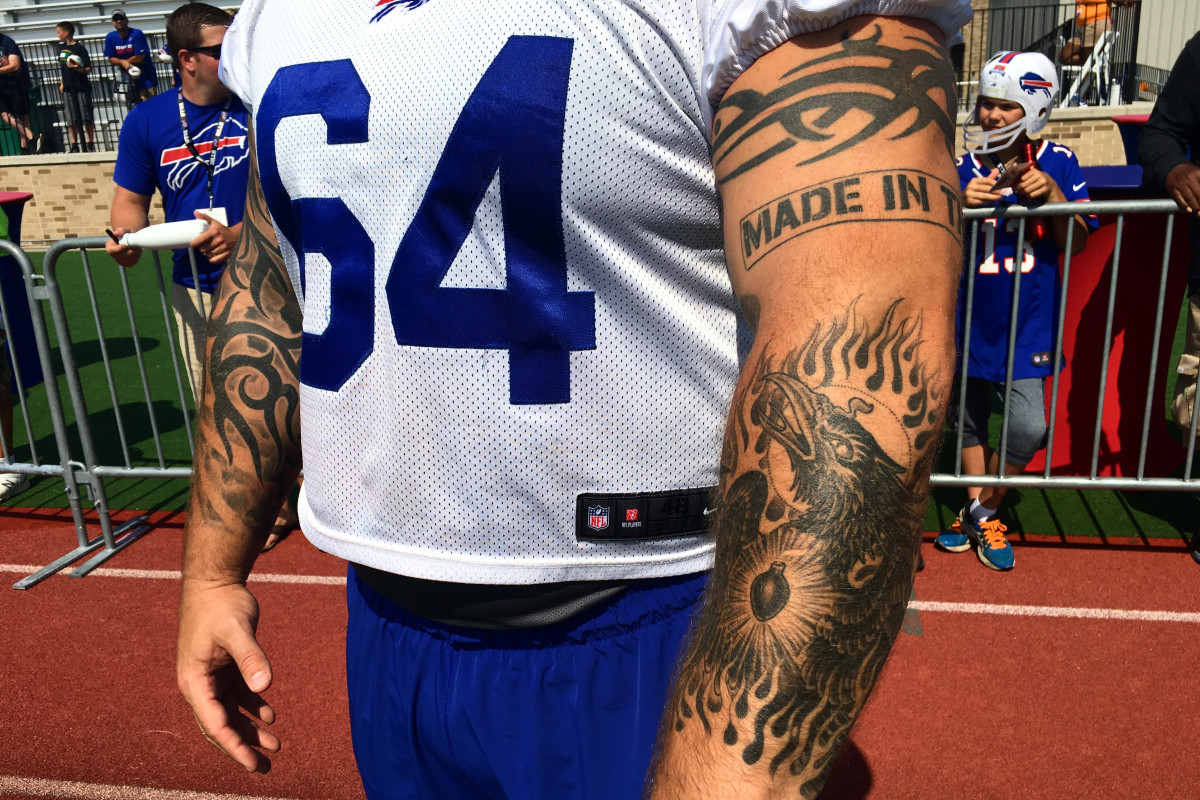









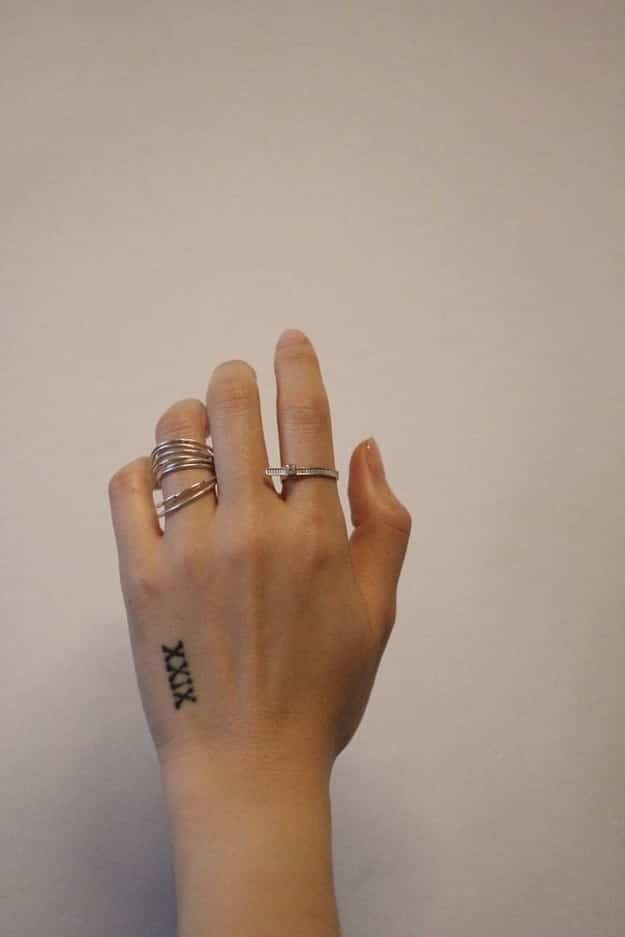





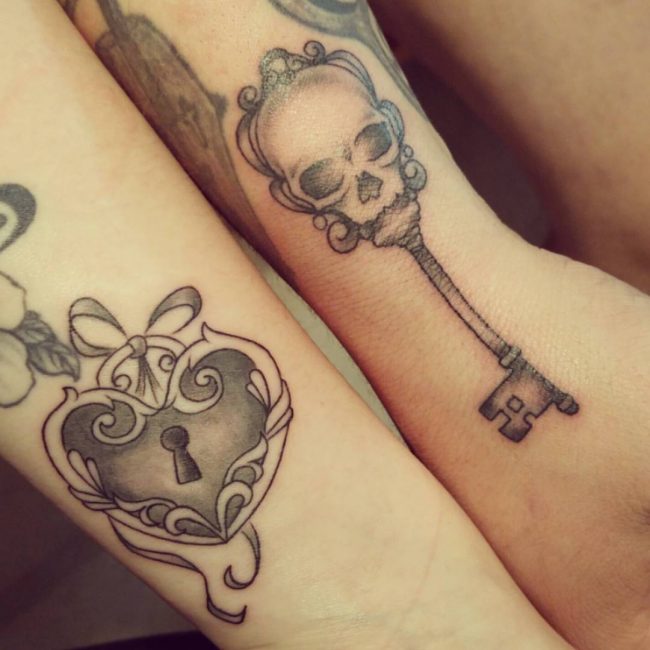






:max_bytes(150000):strip_icc()/wristtats-18b2f690ded0464792835093f5050708.jpg?w=1200&resize=1200,0&ssl=1)
:max_bytes(150000):strip_icc()/wristtats-18b2f690ded0464792835093f5050708.jpg)

